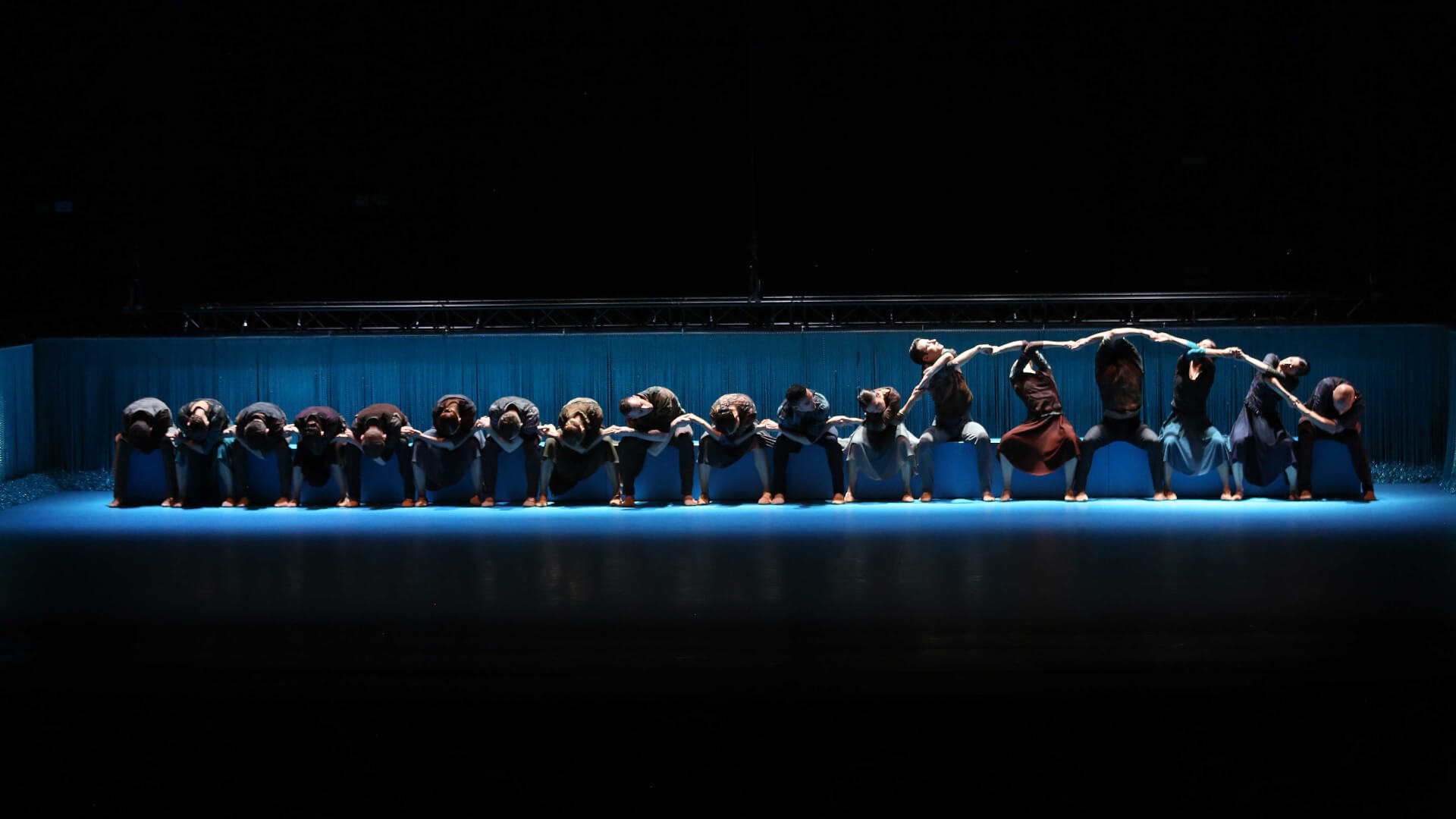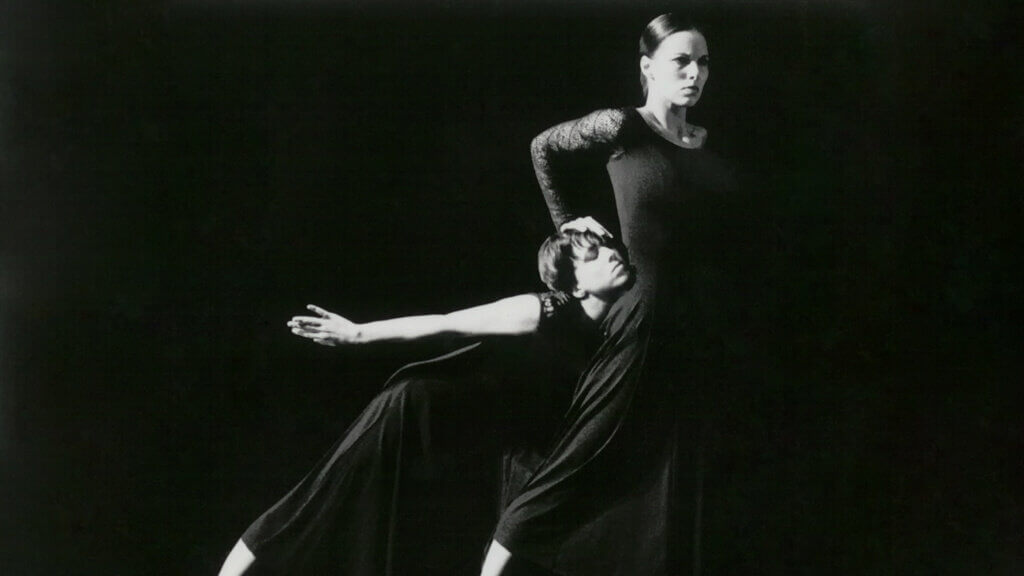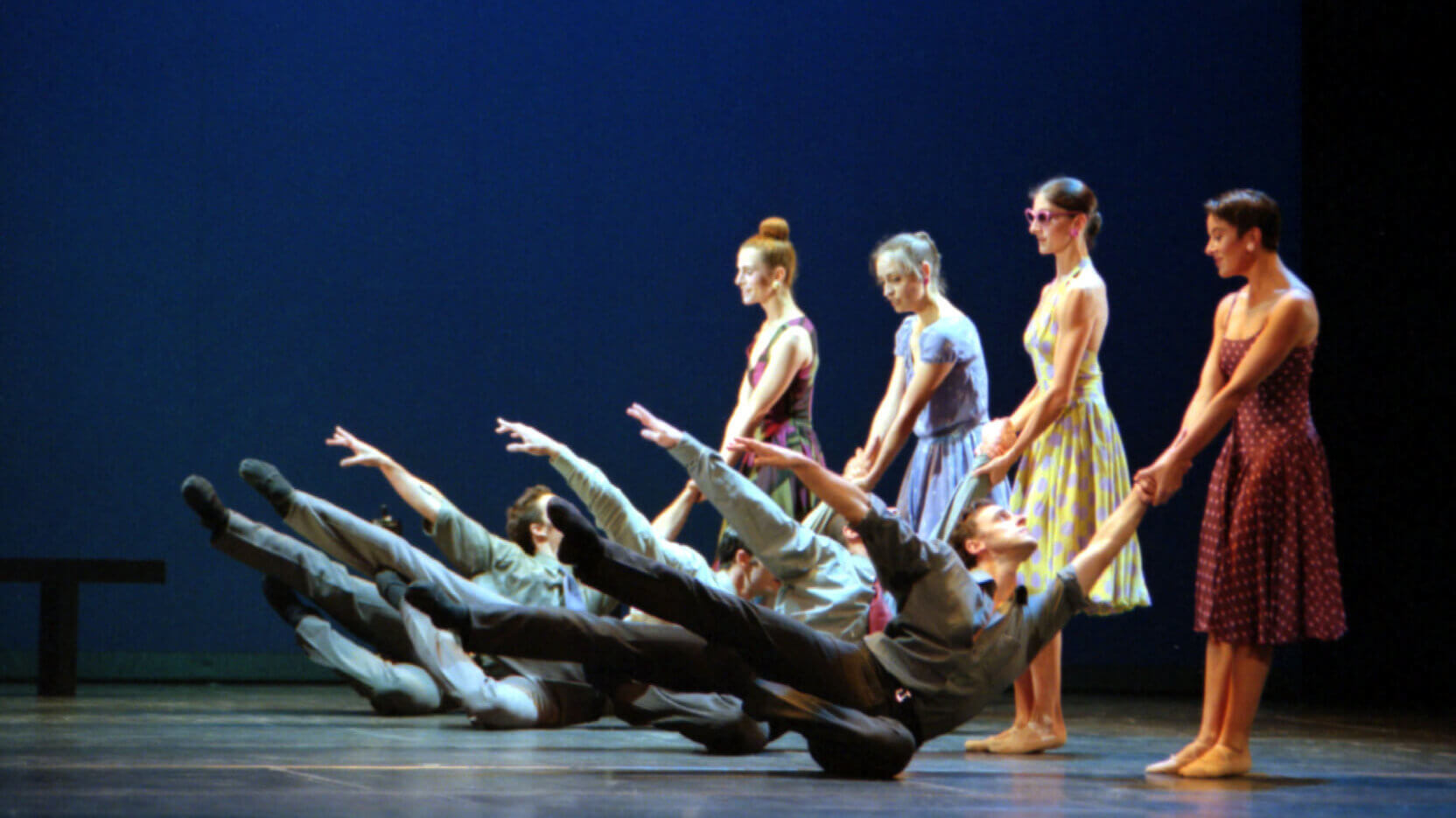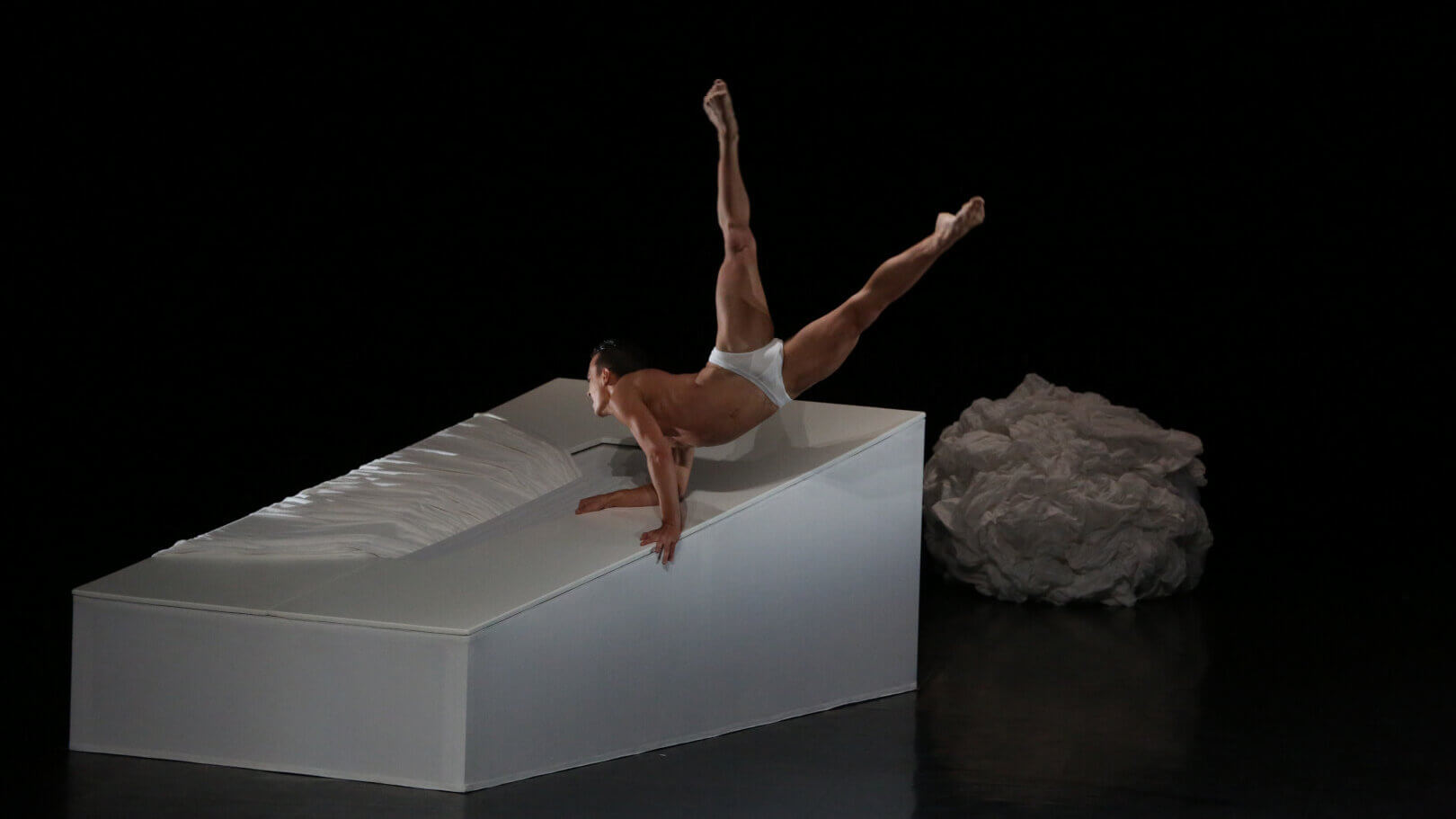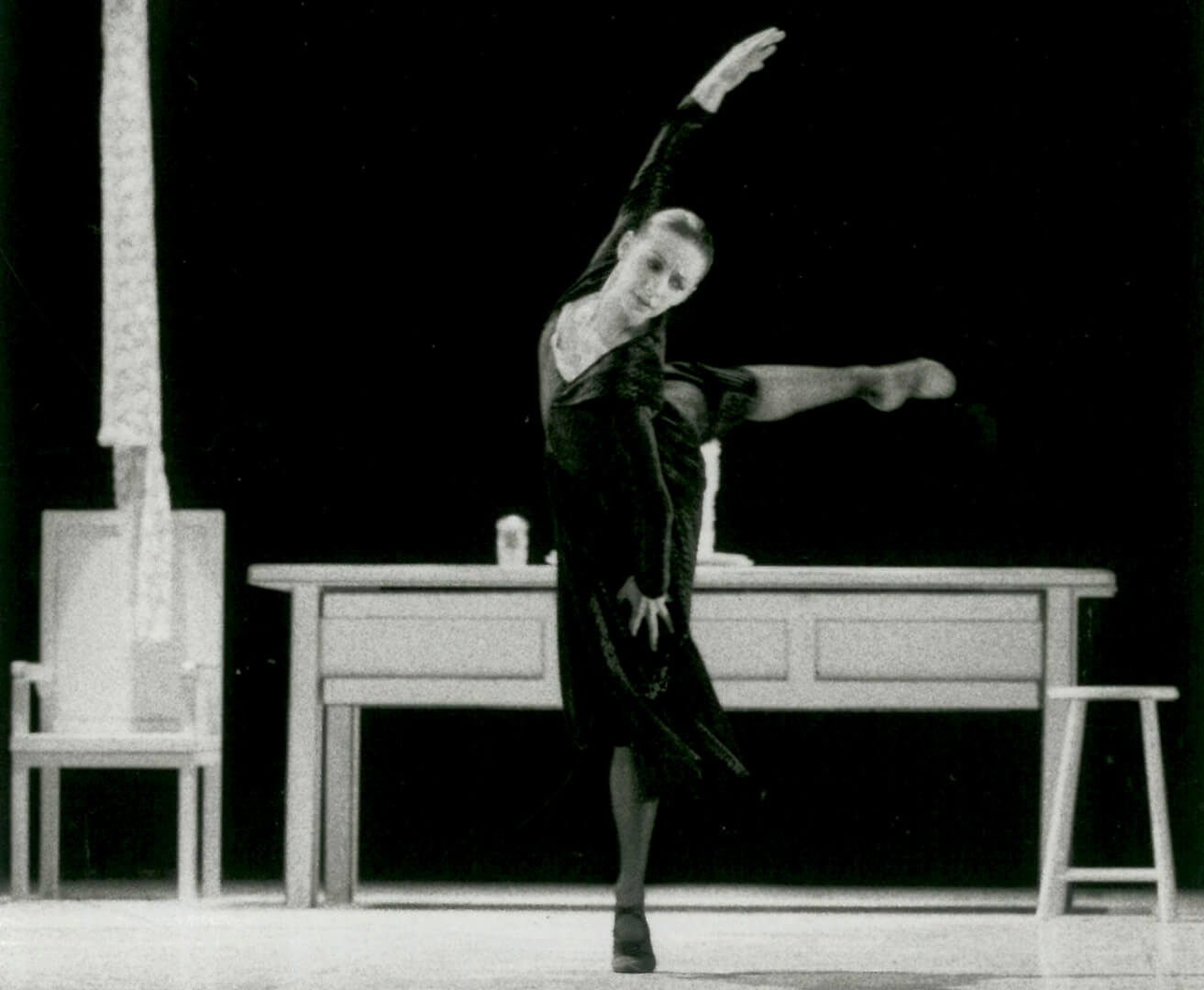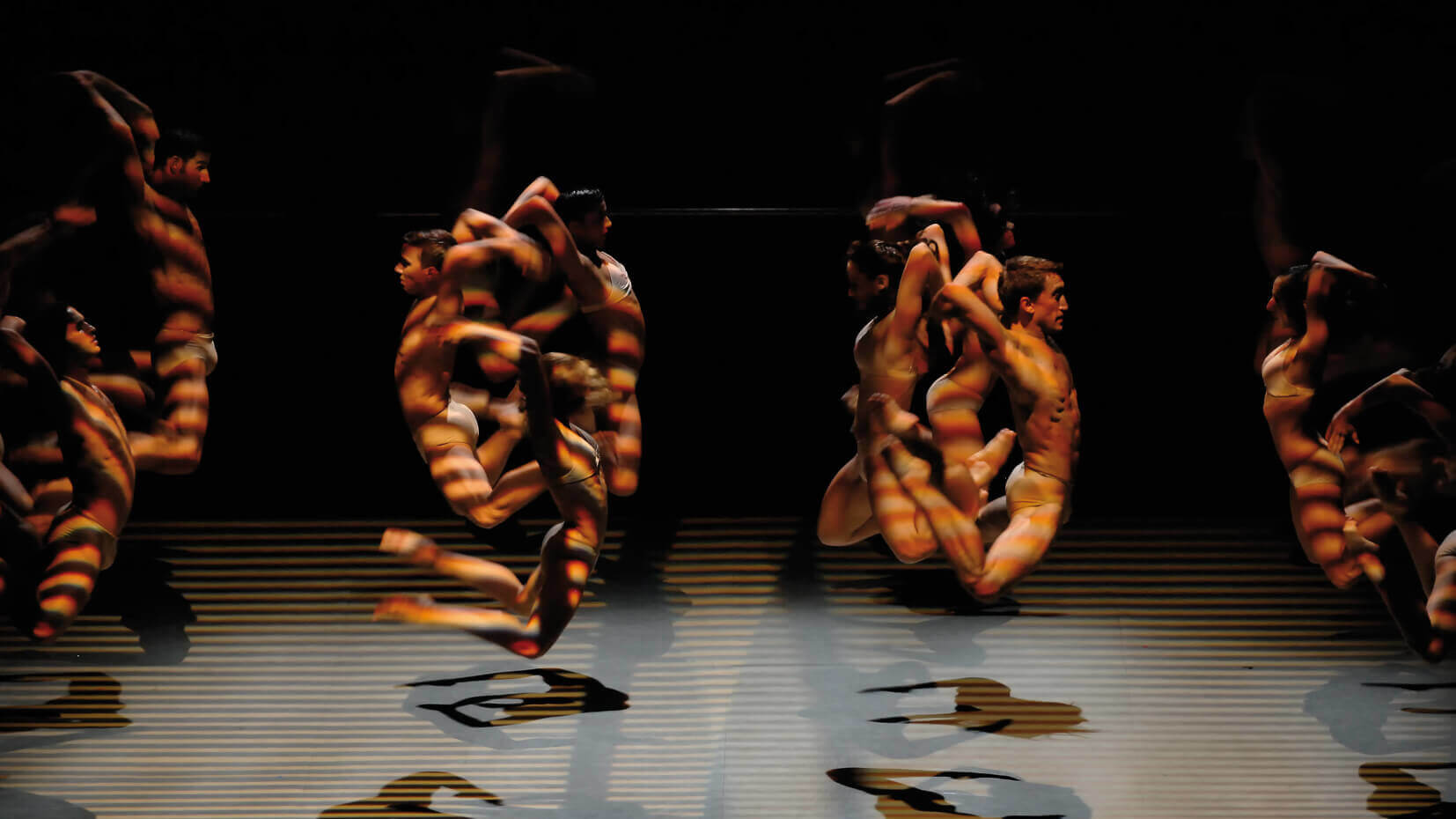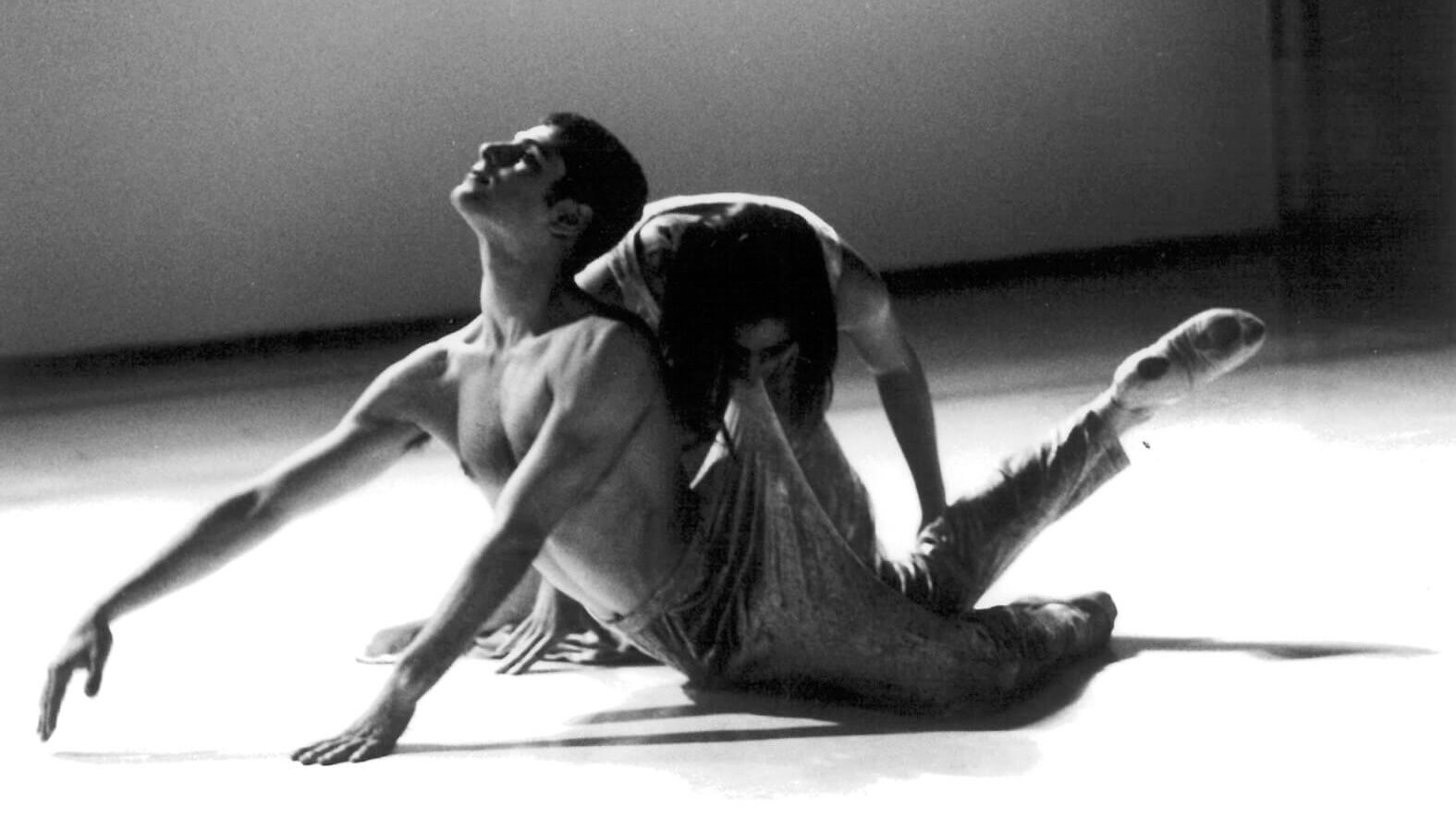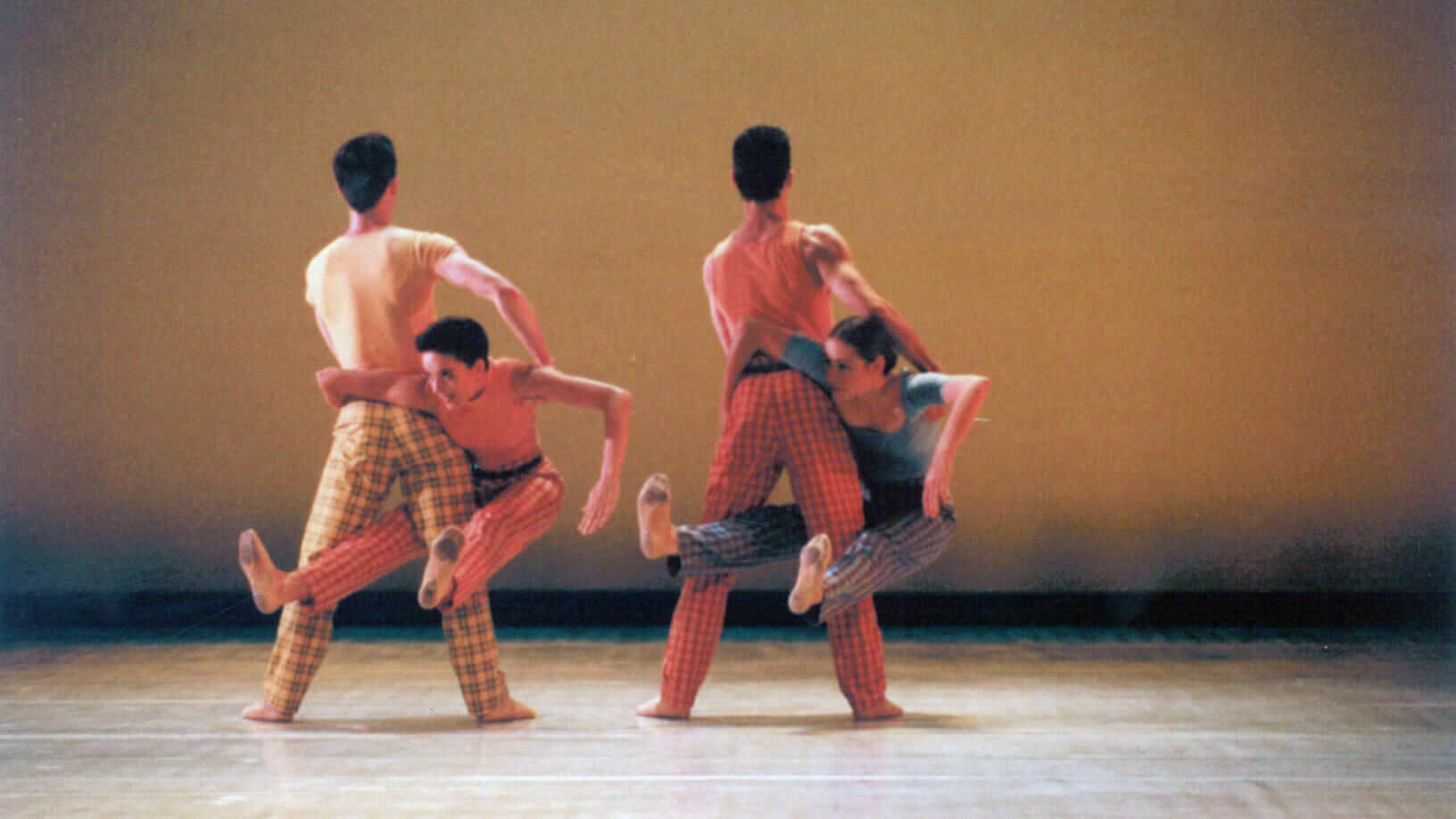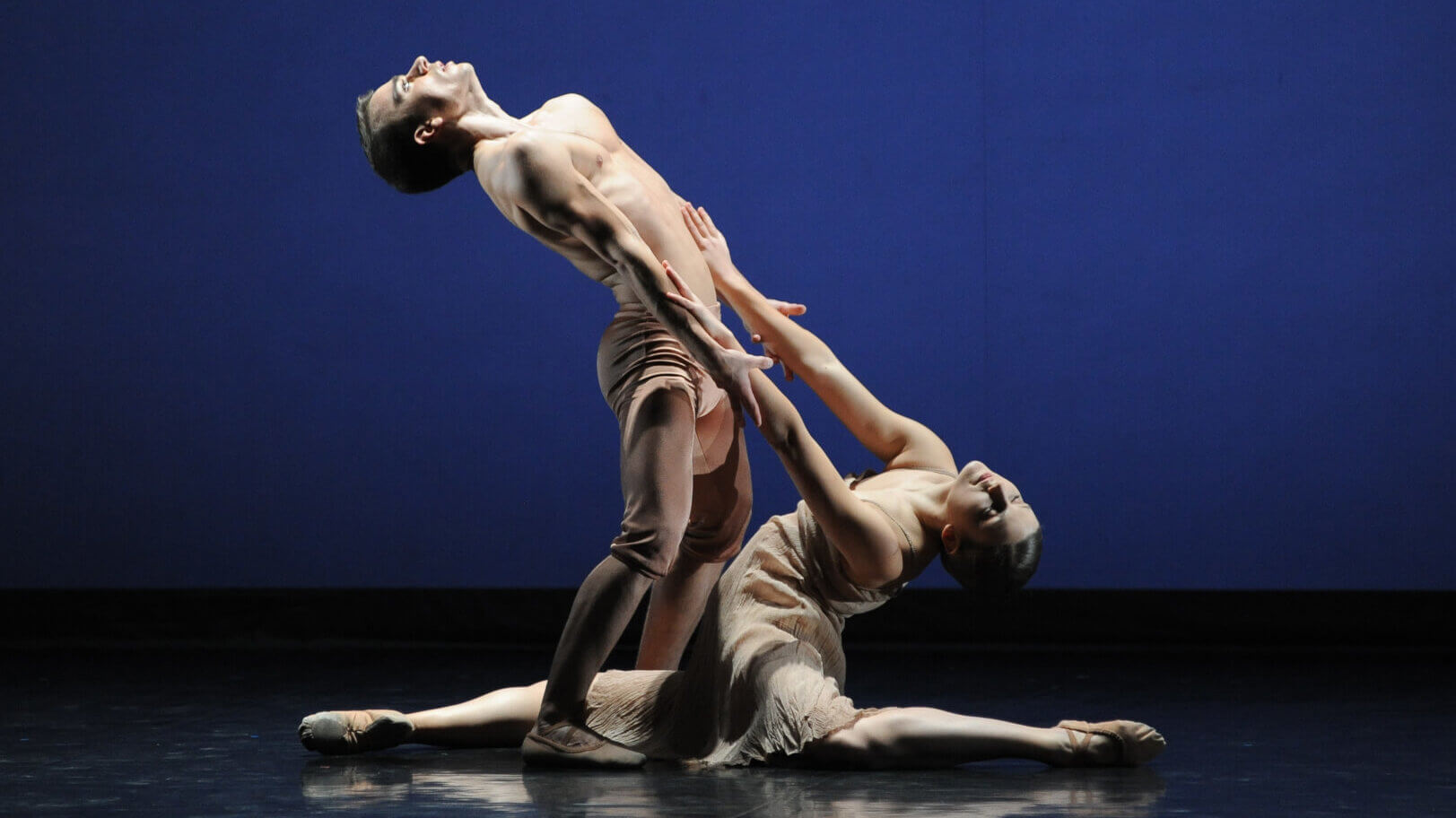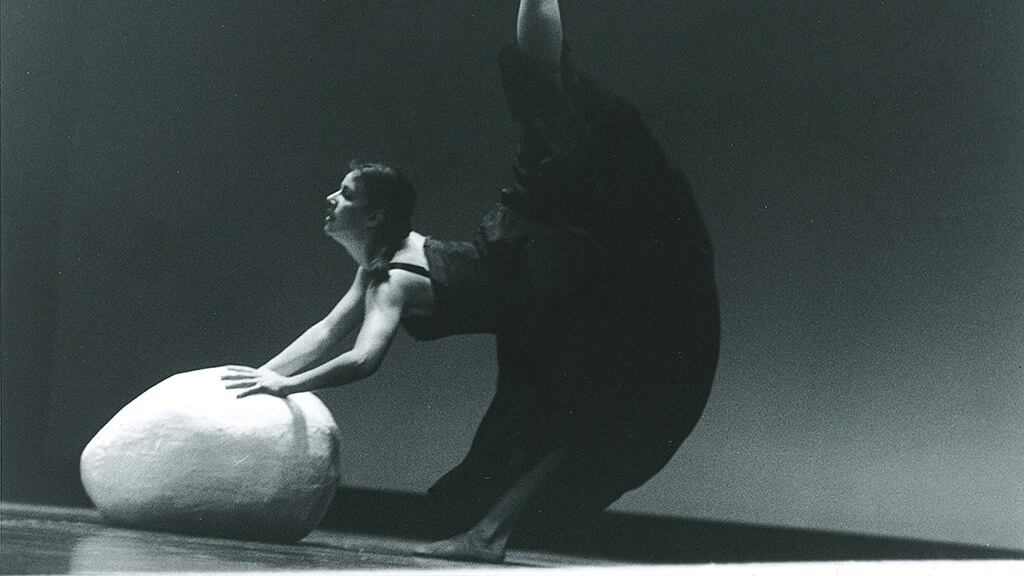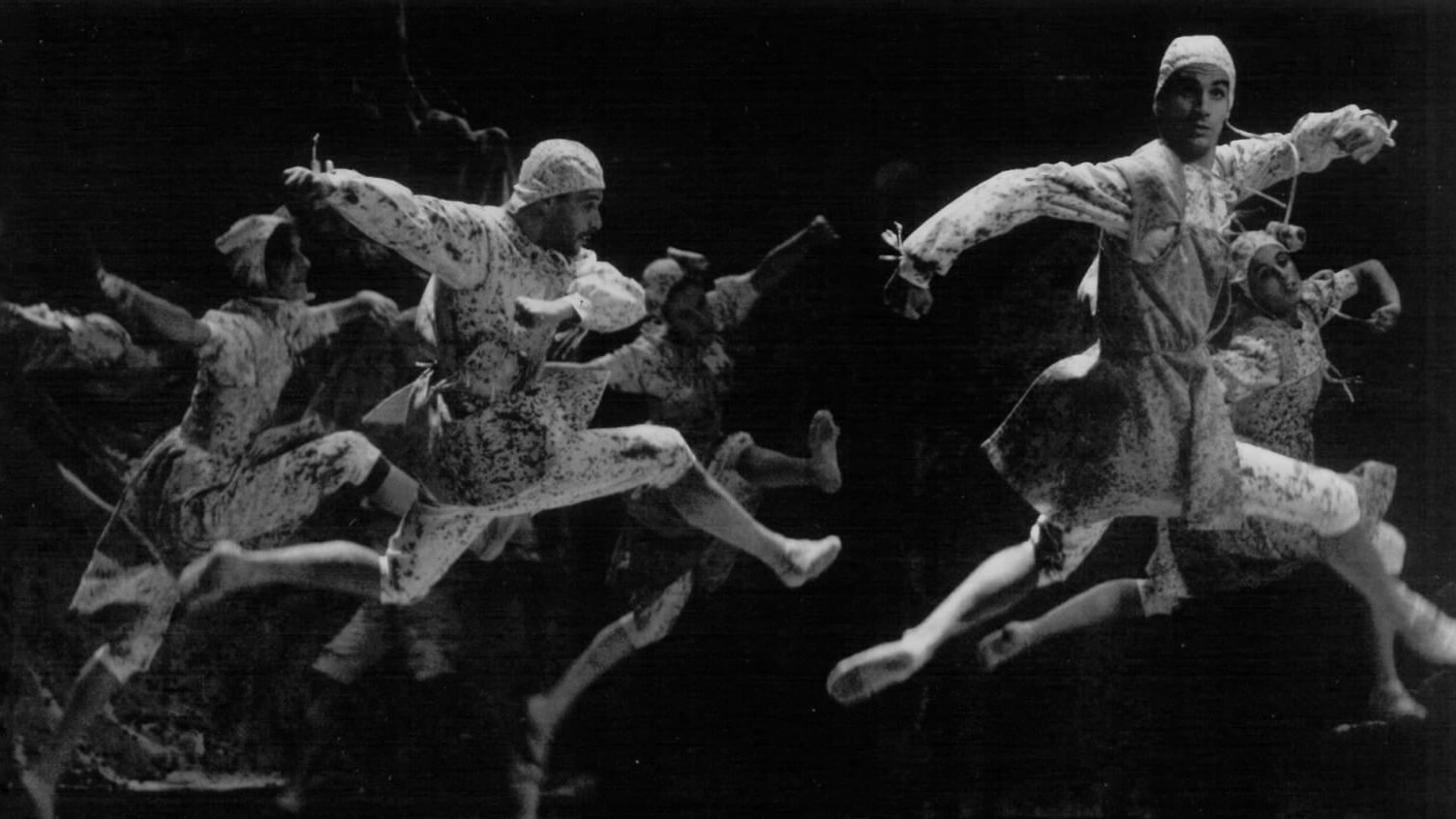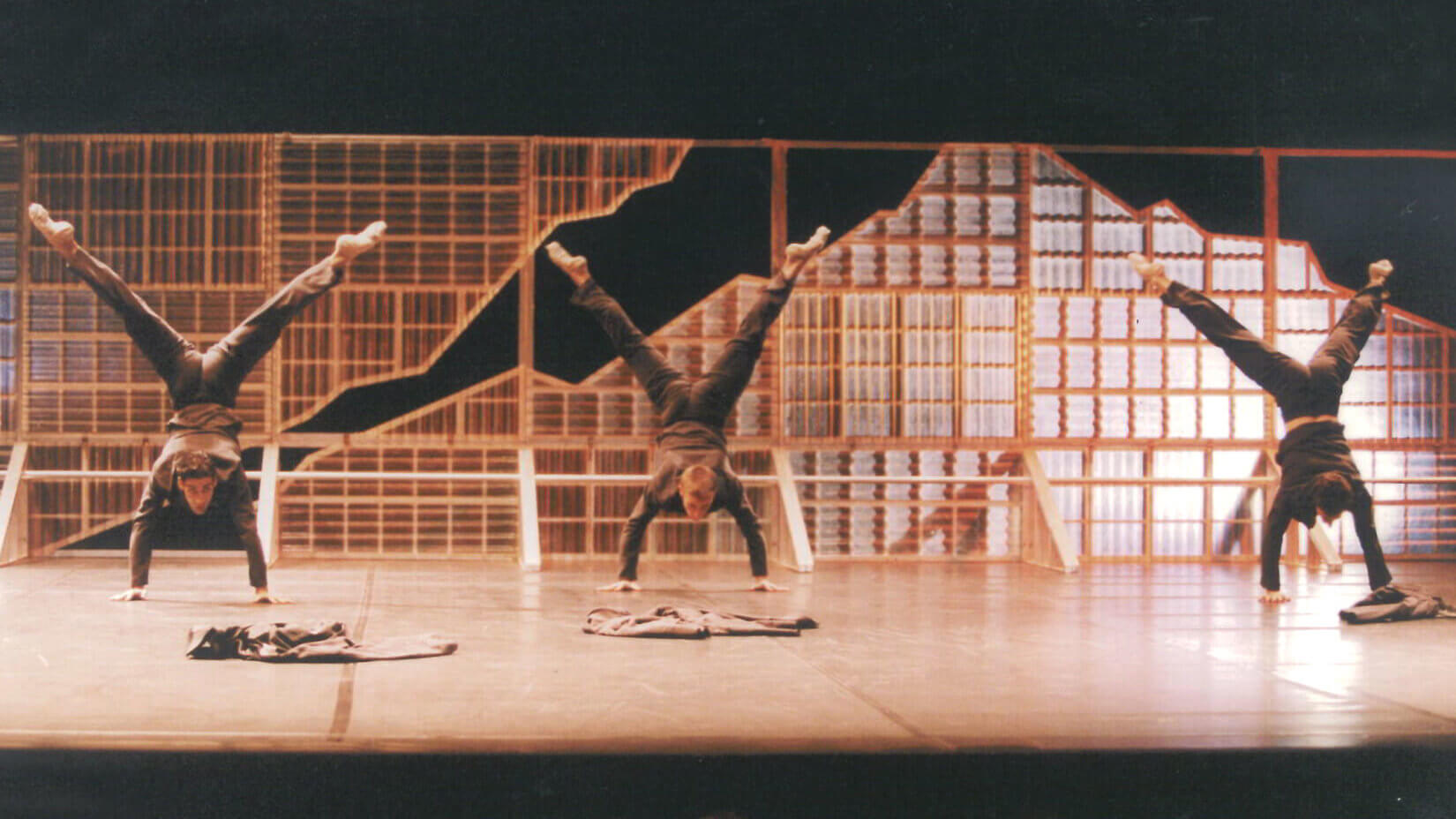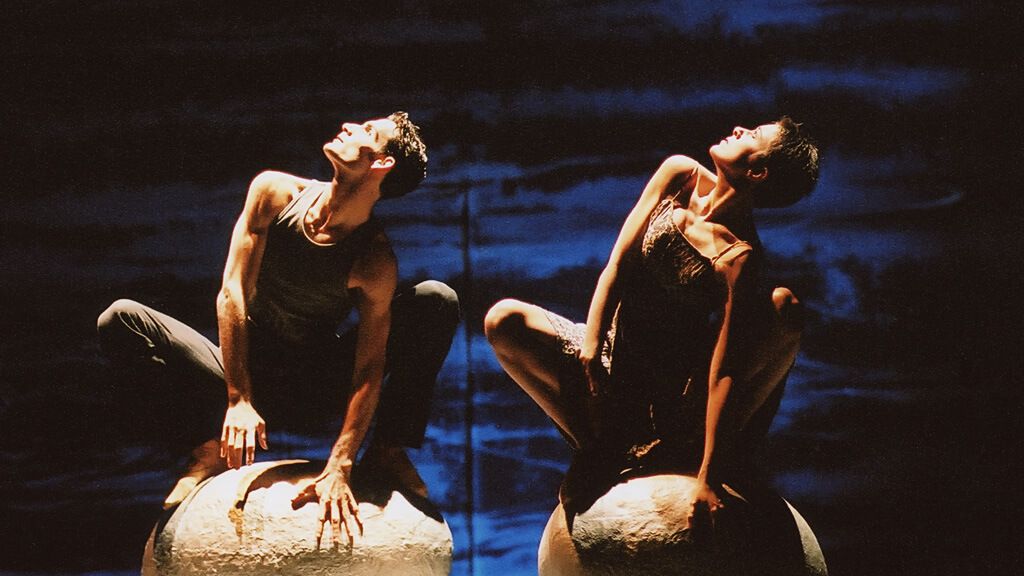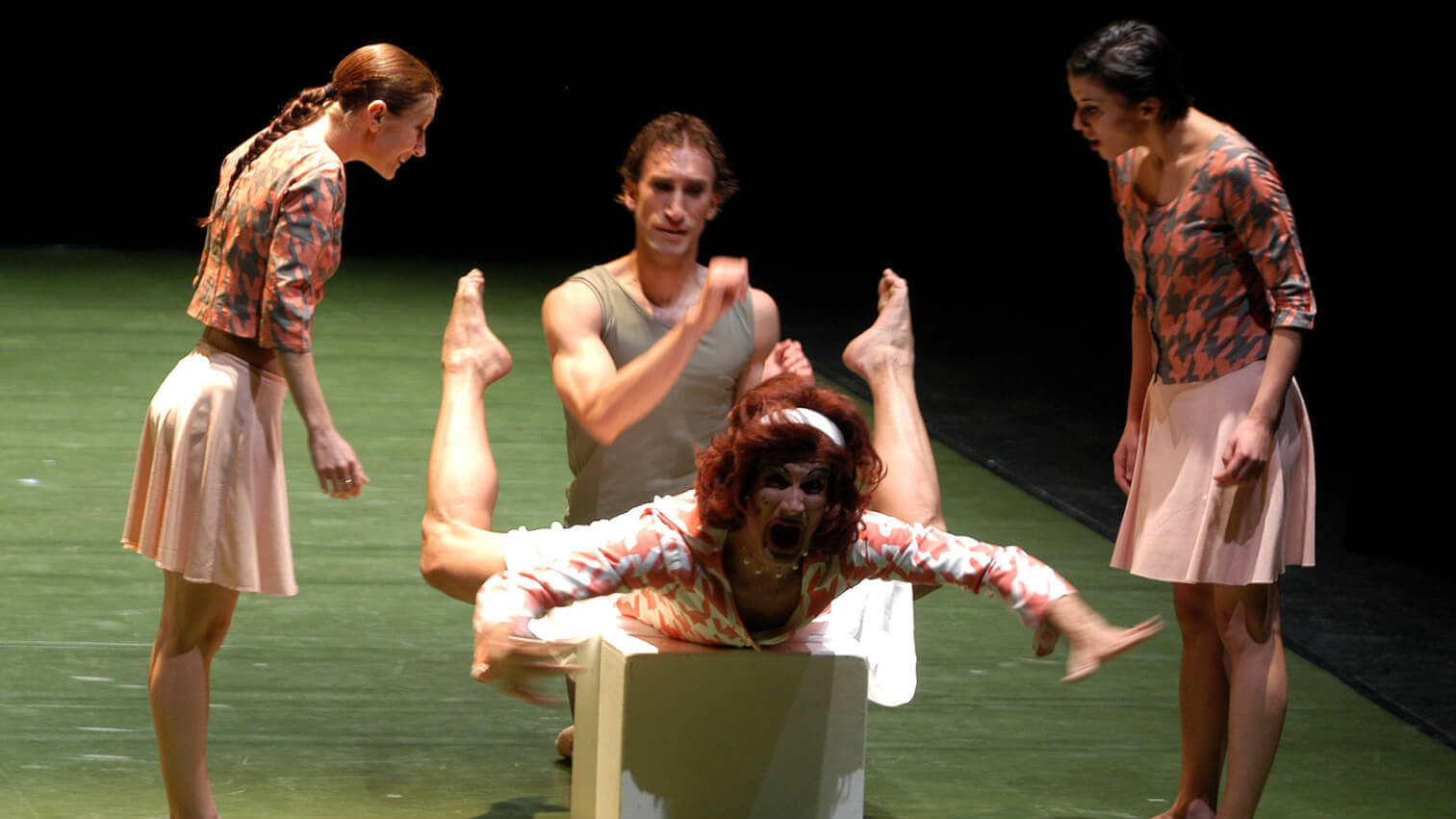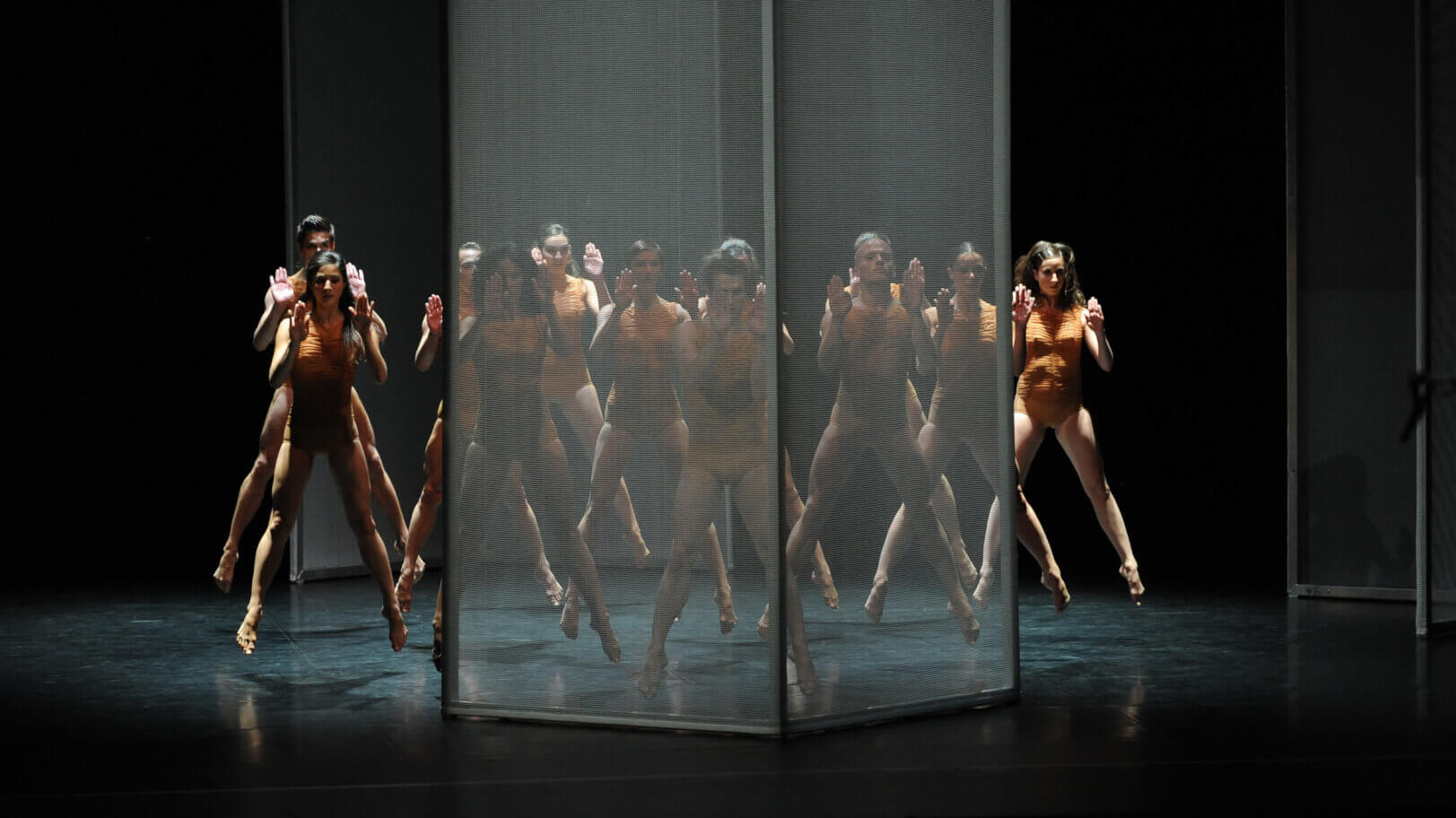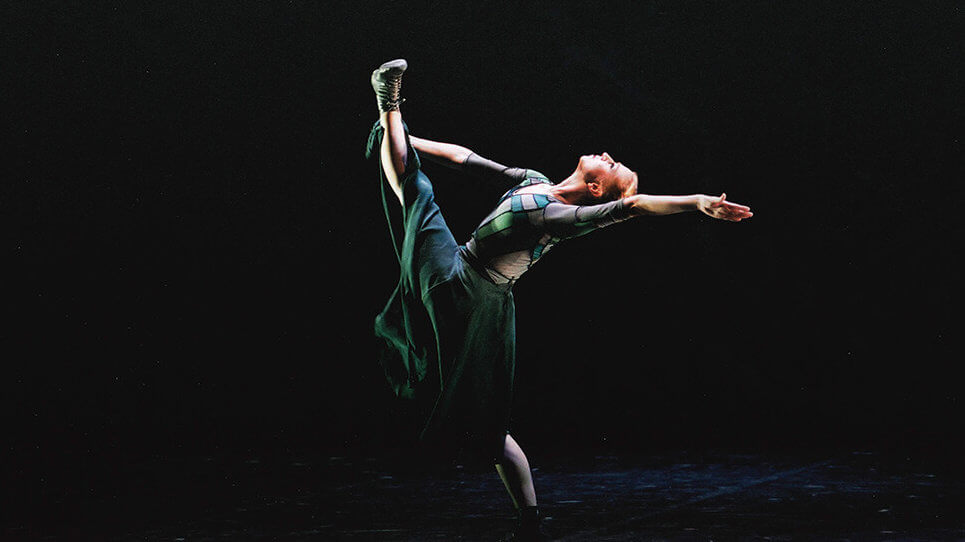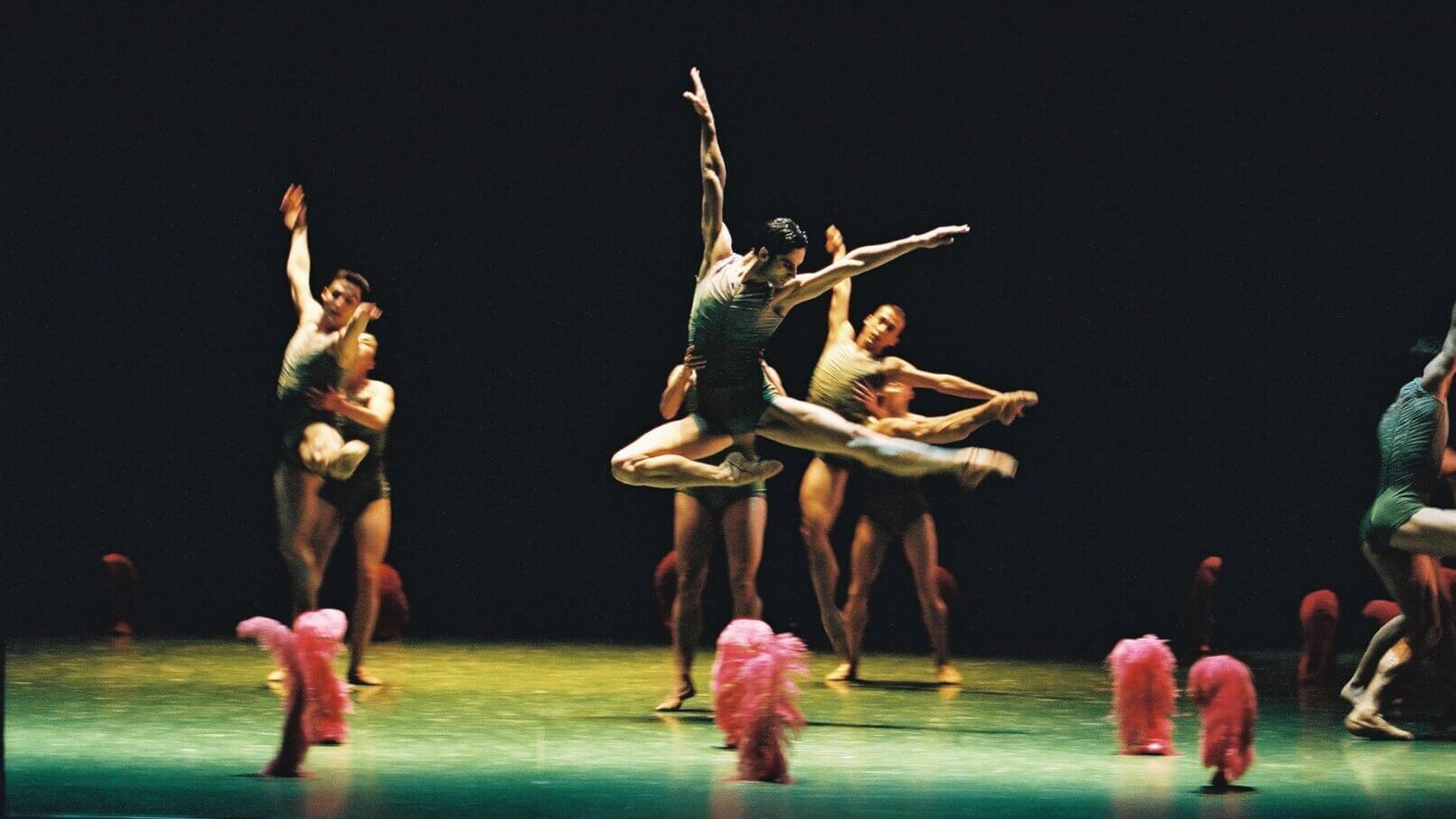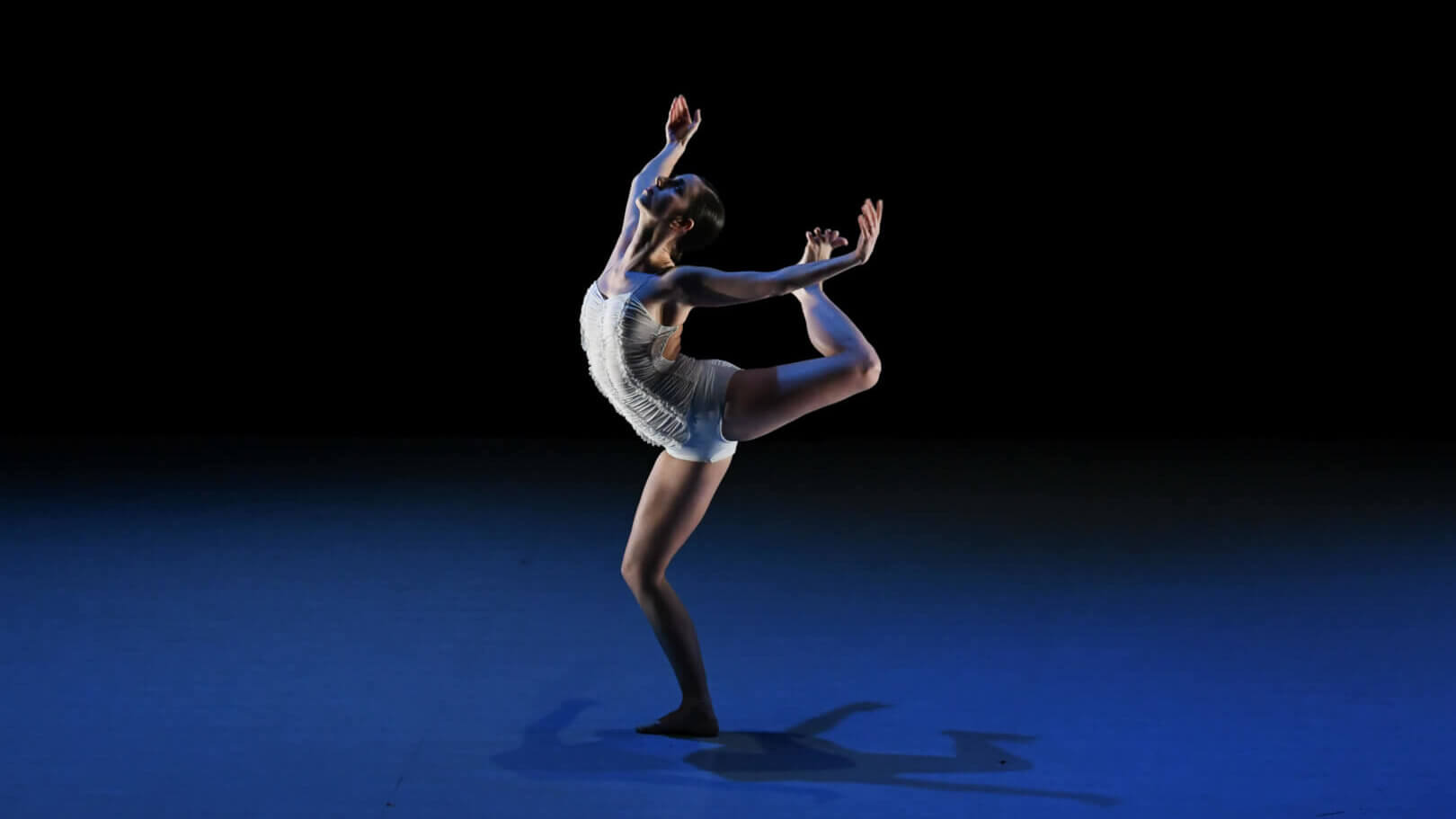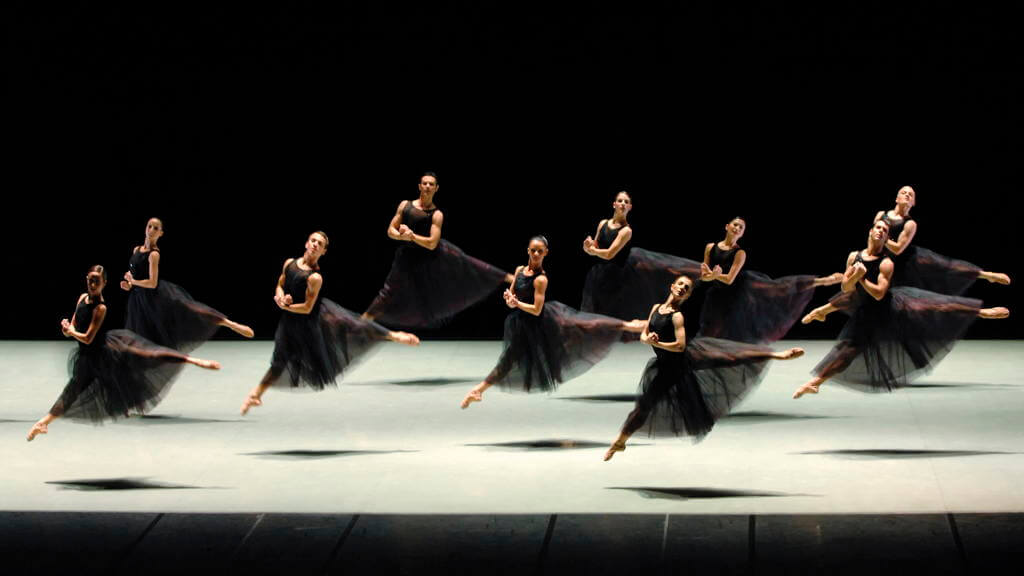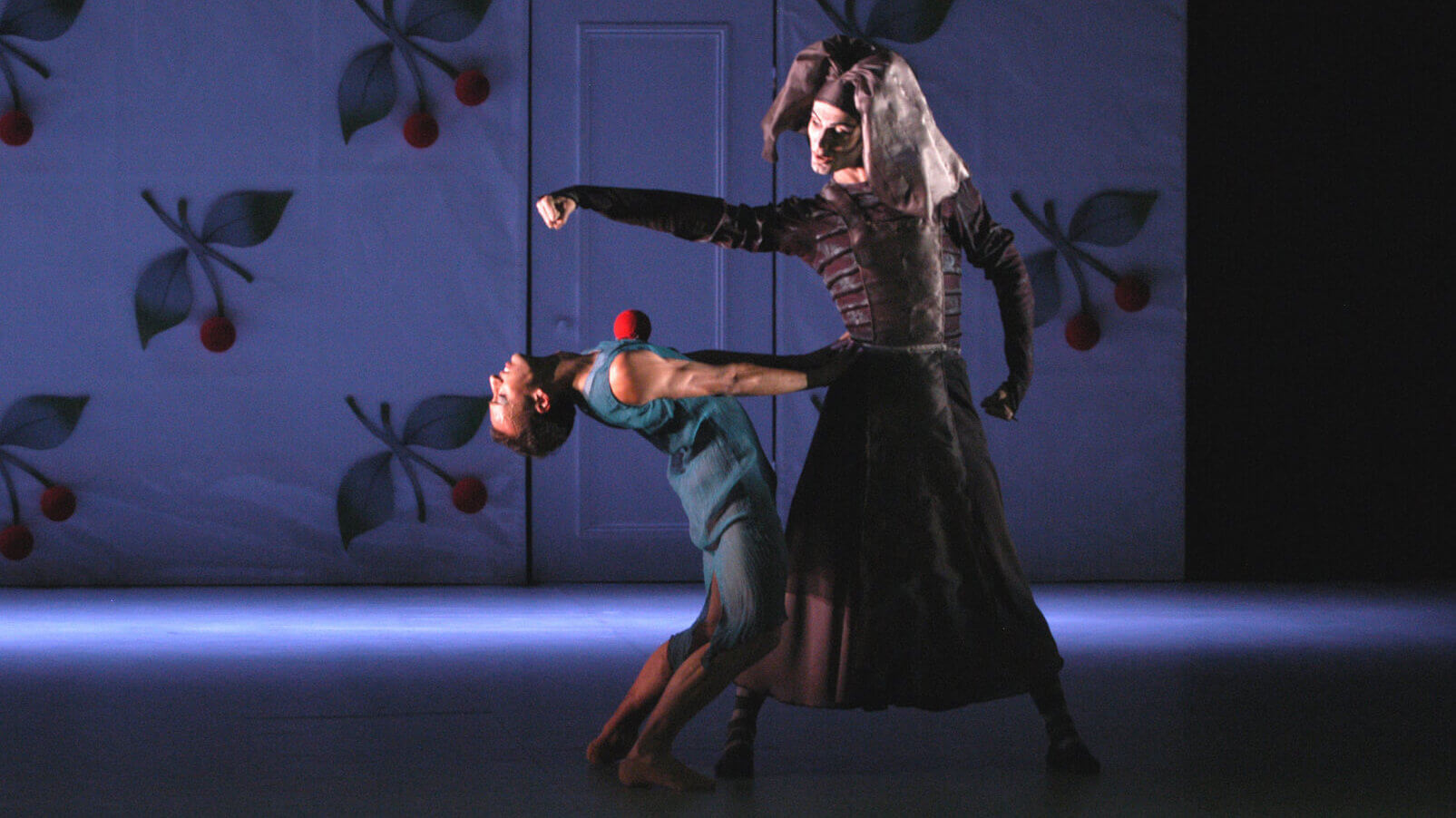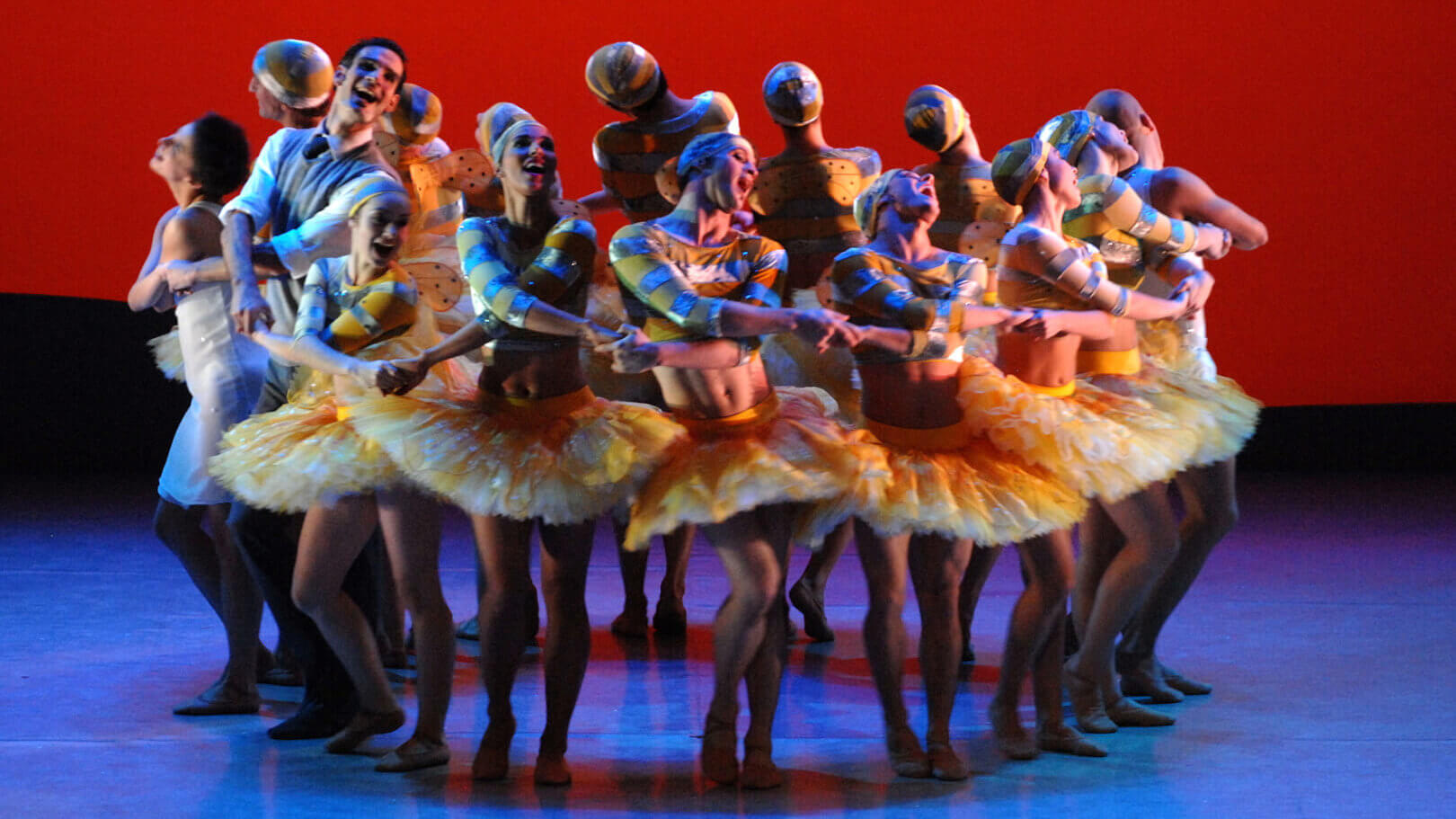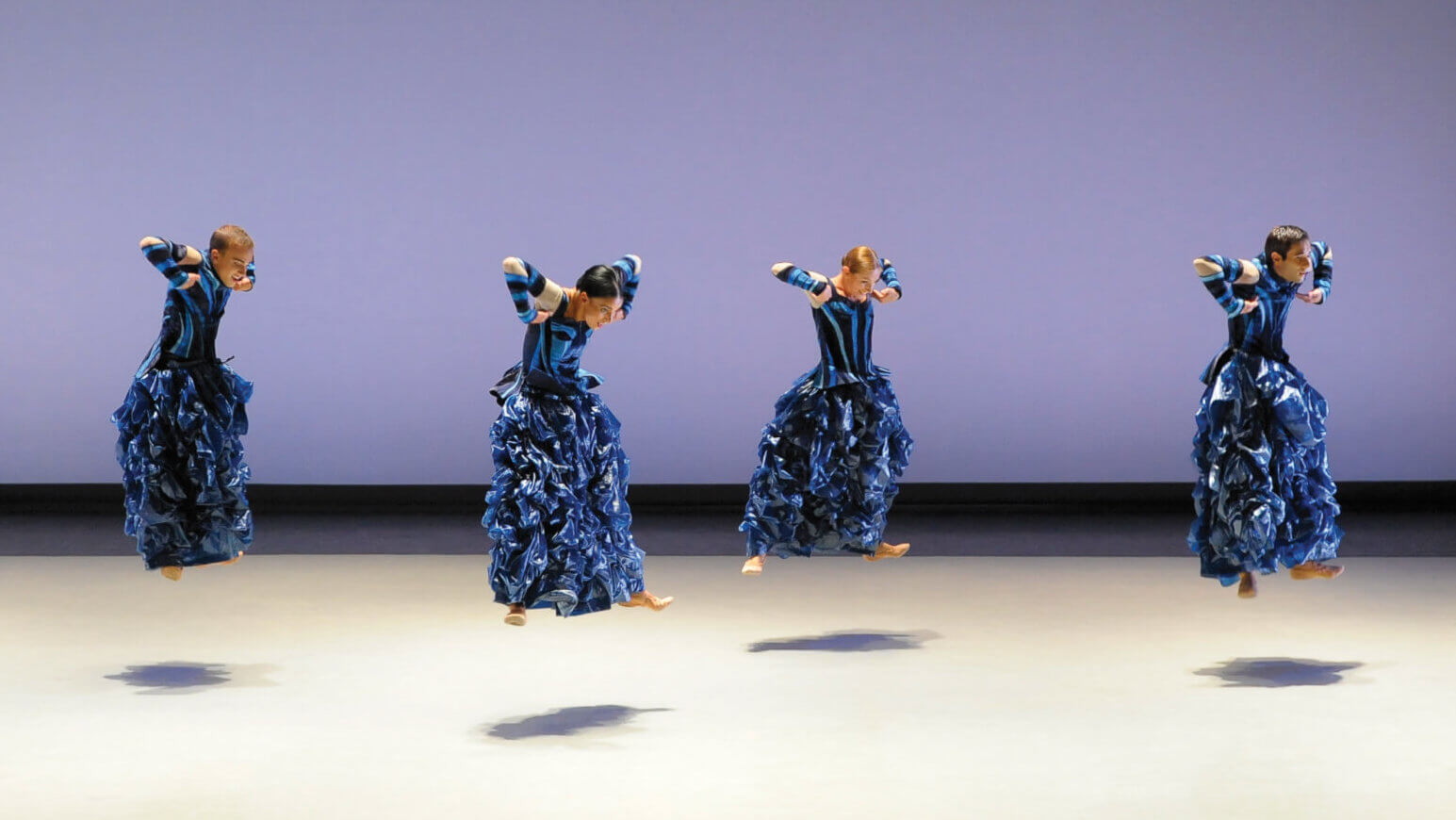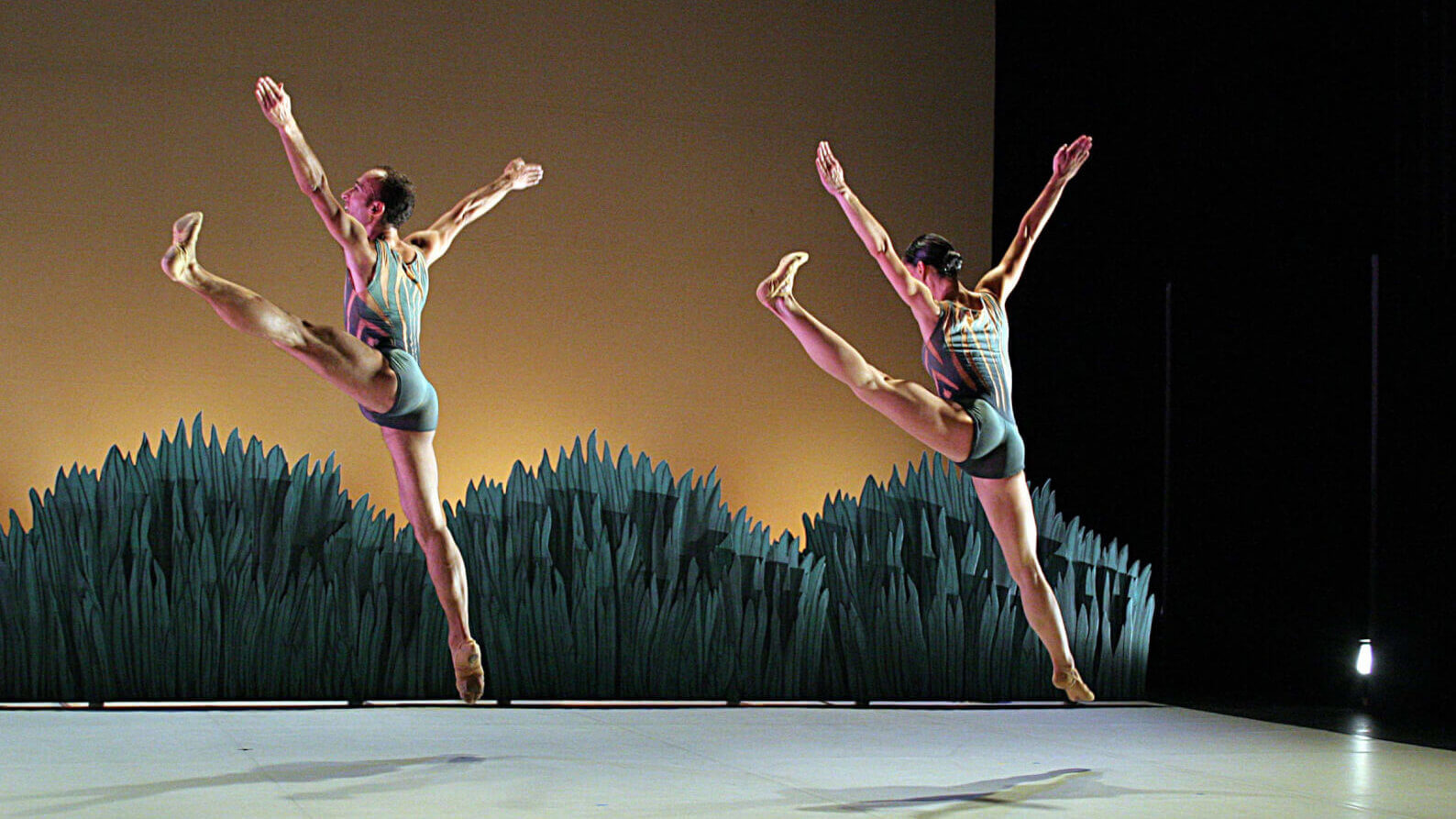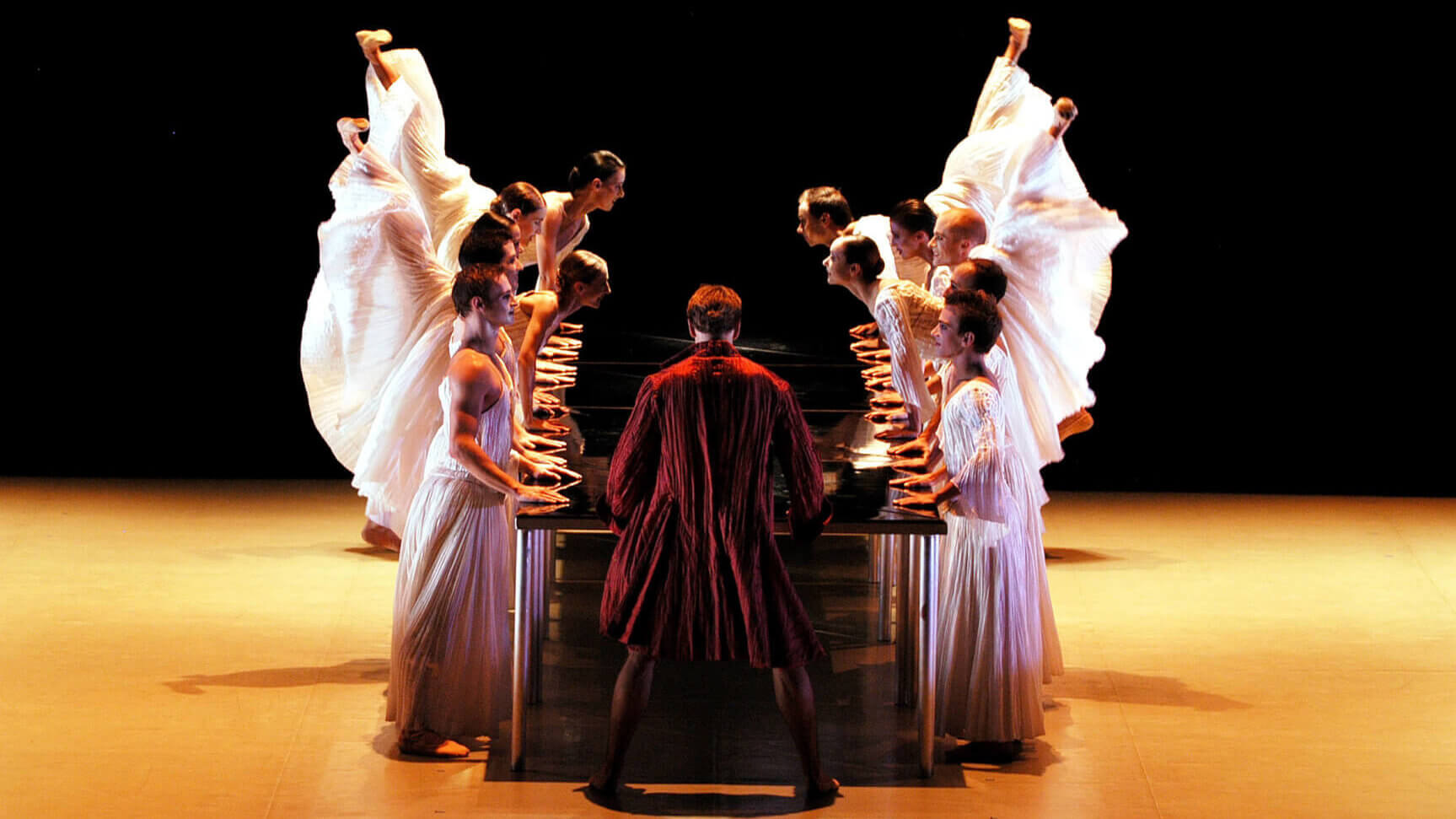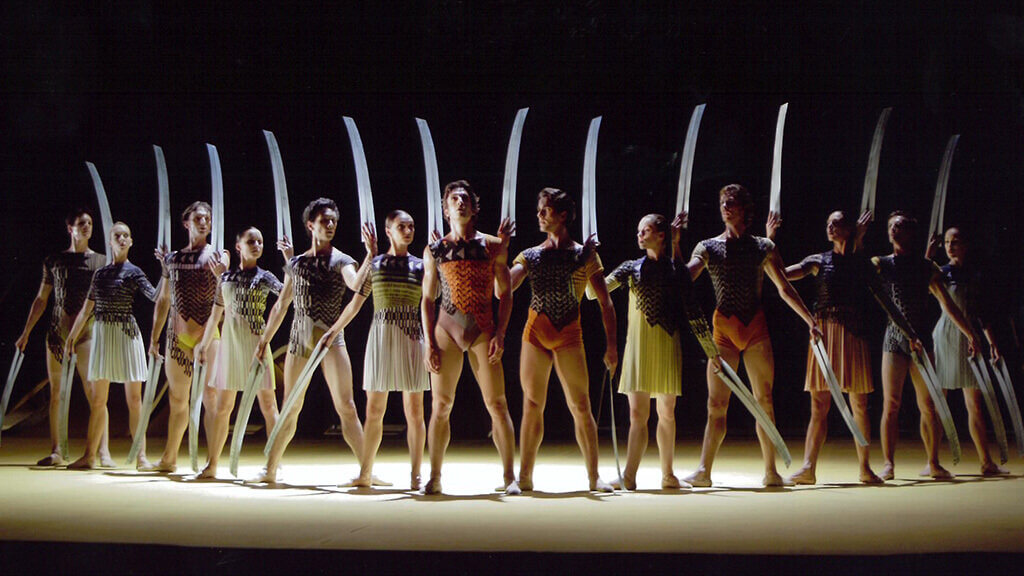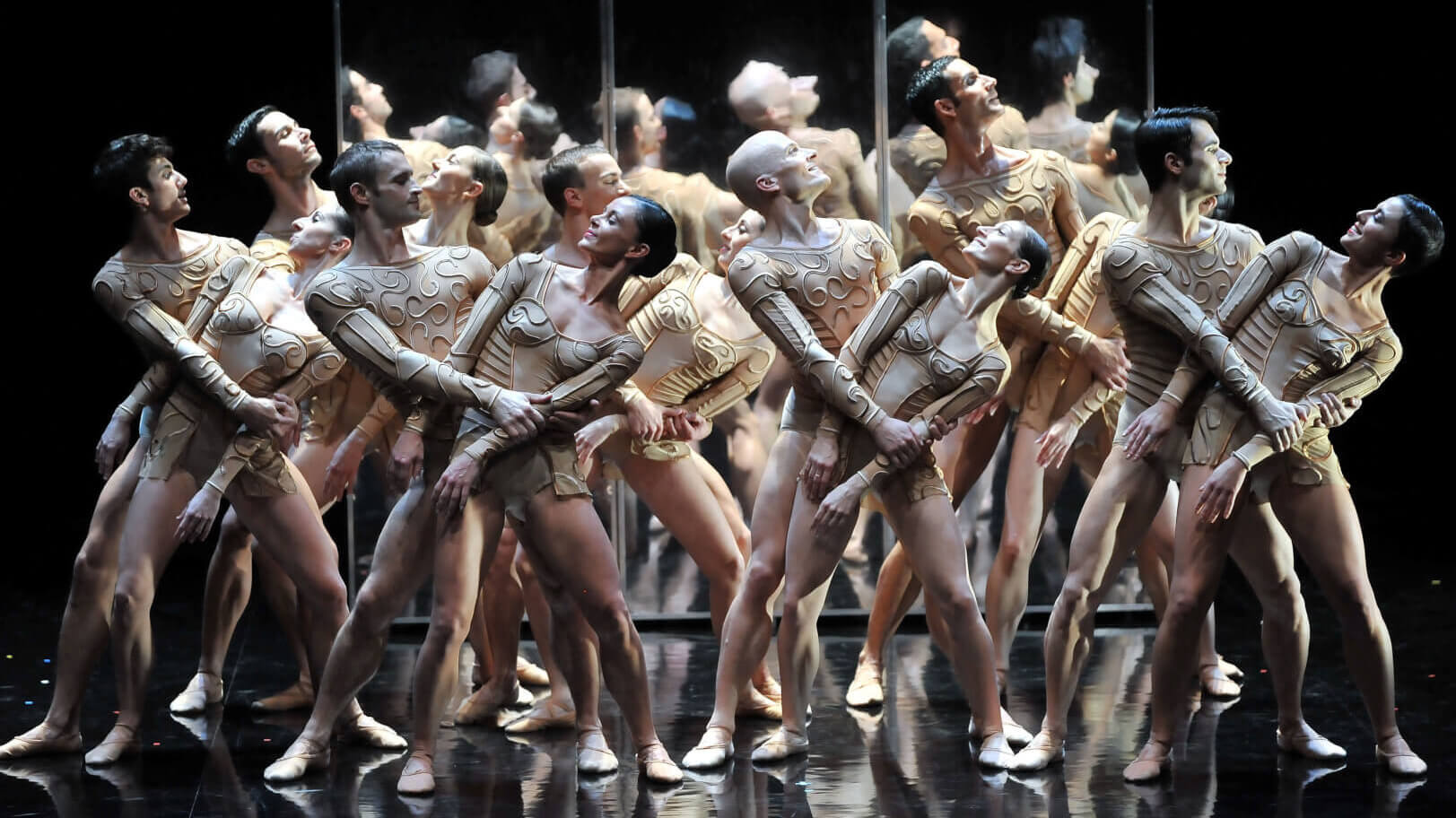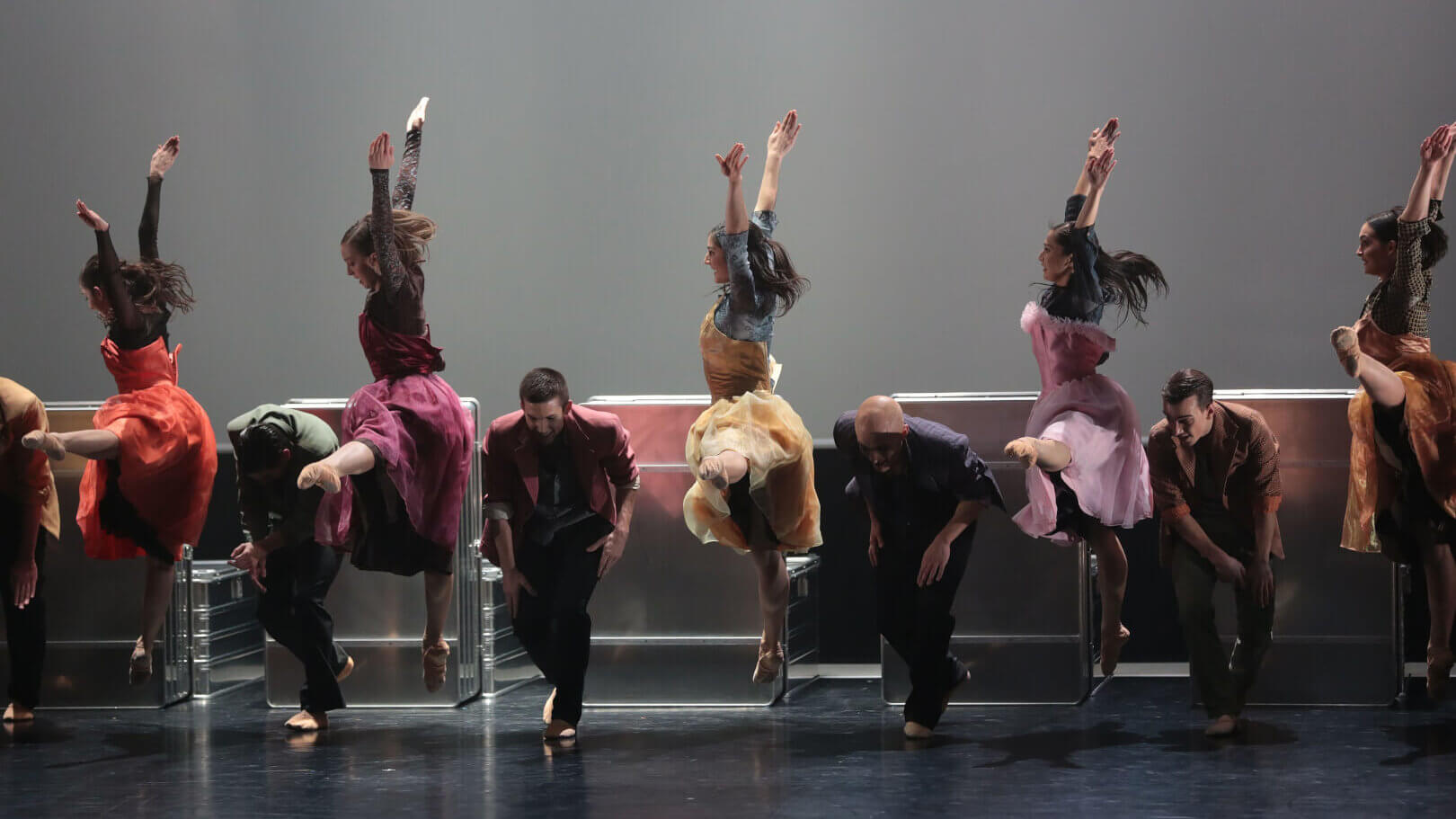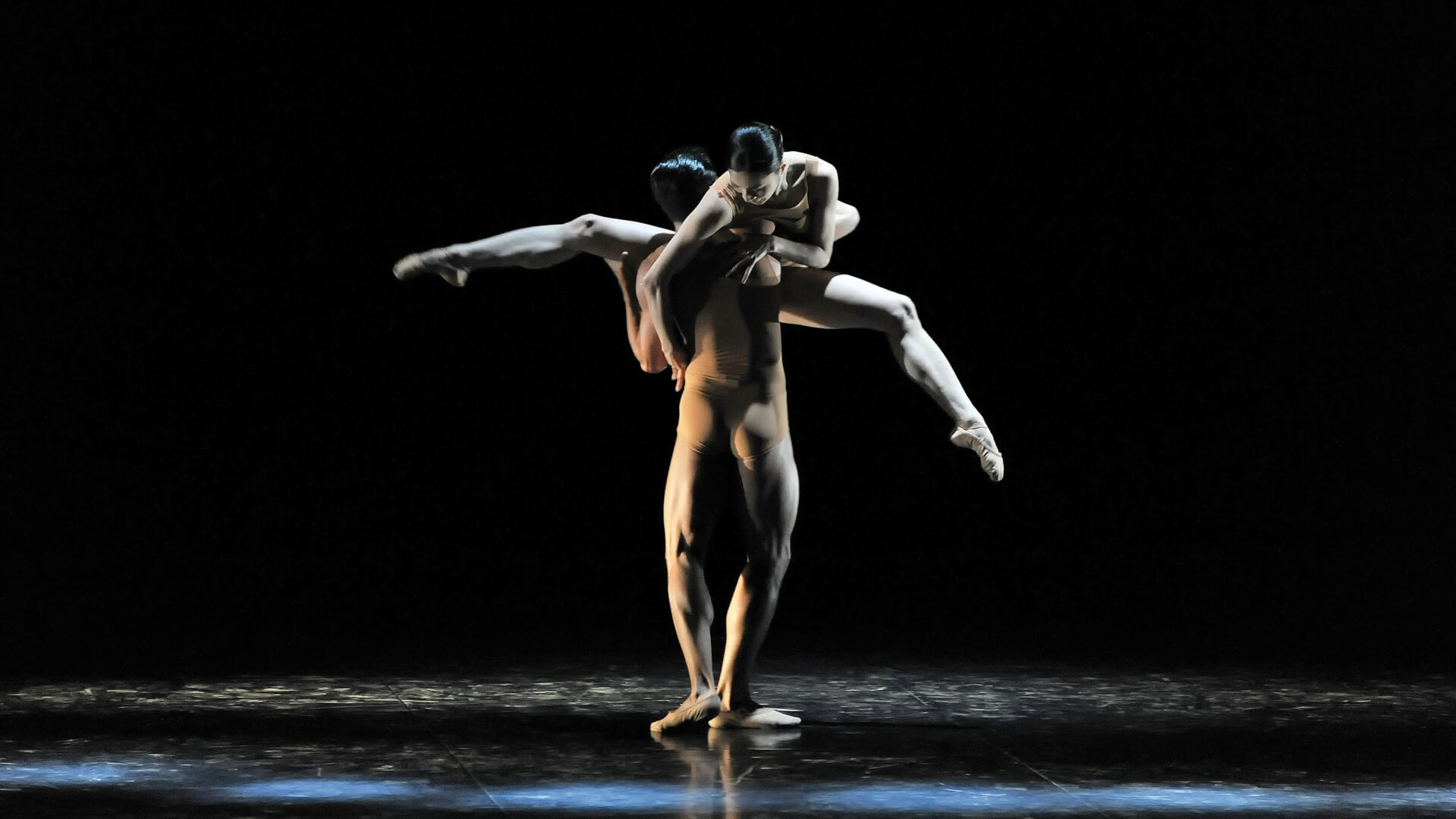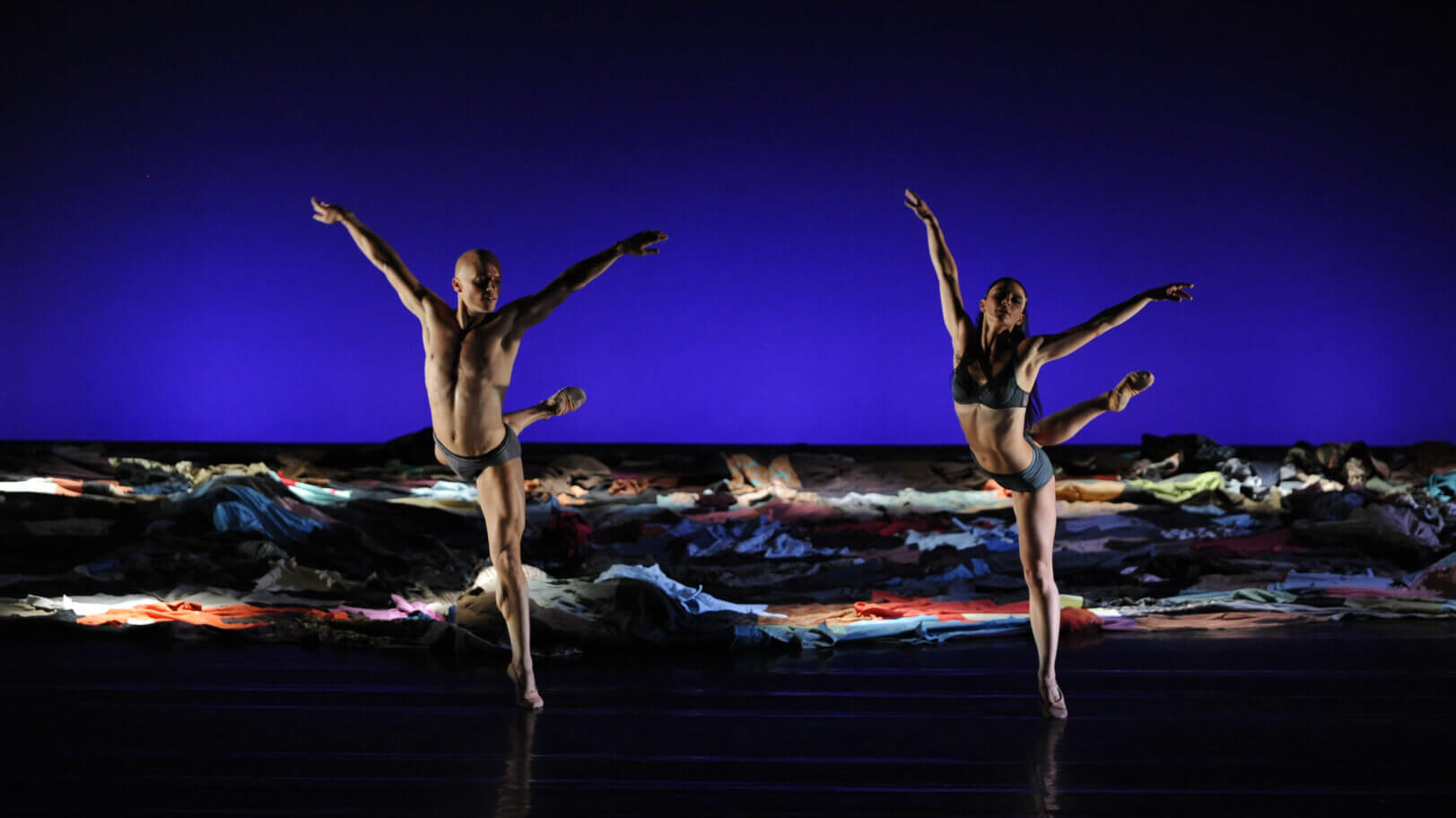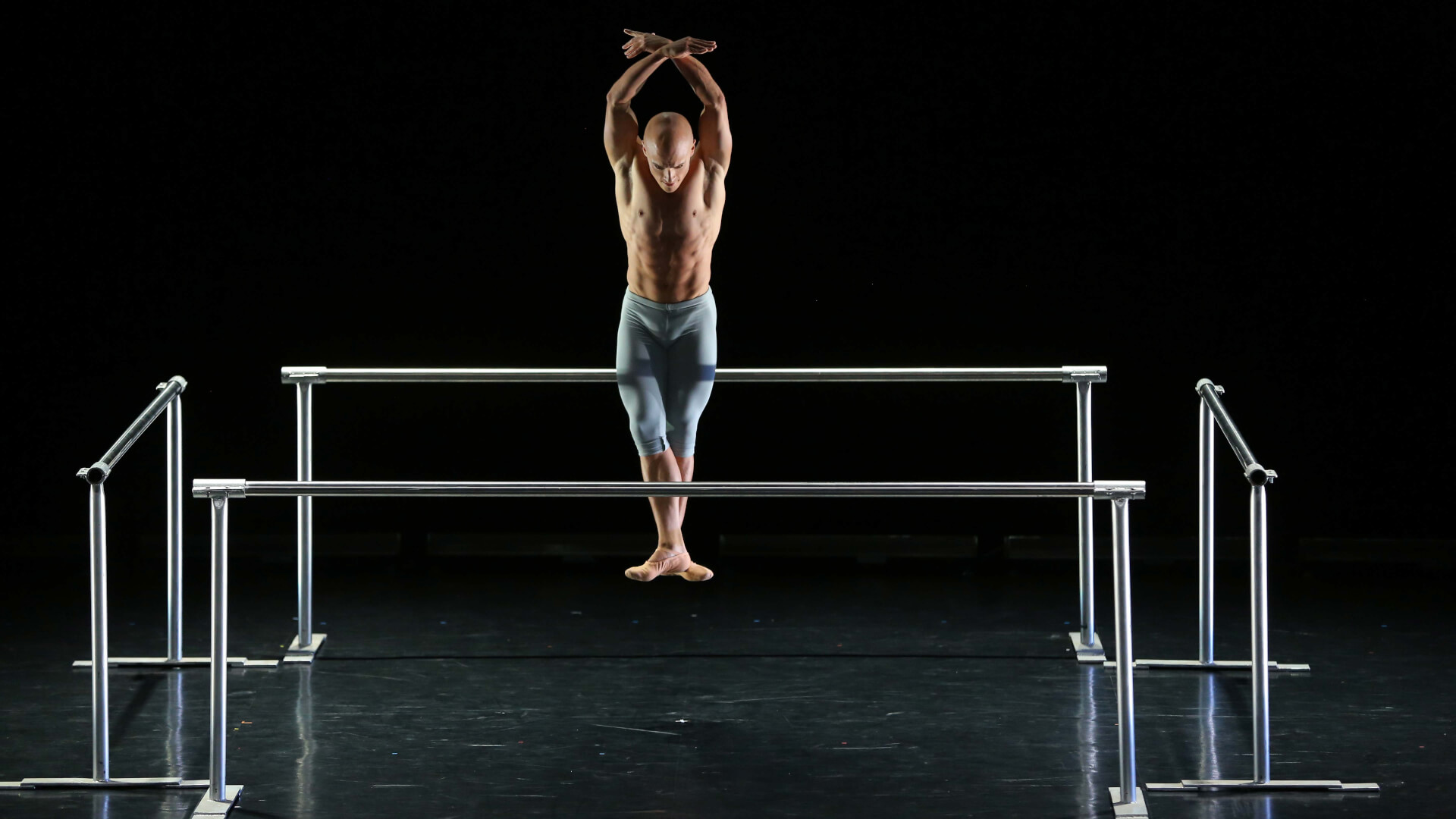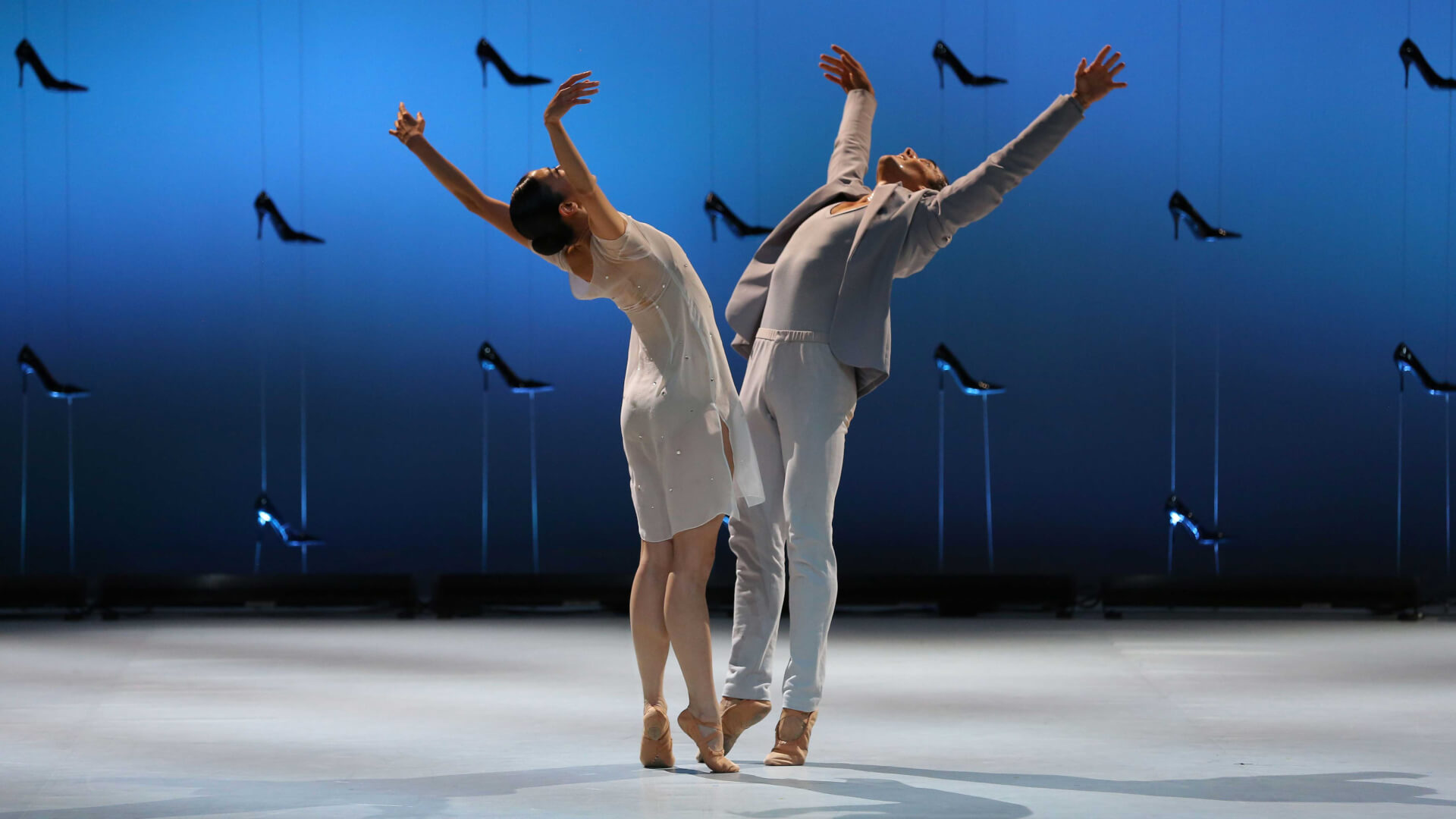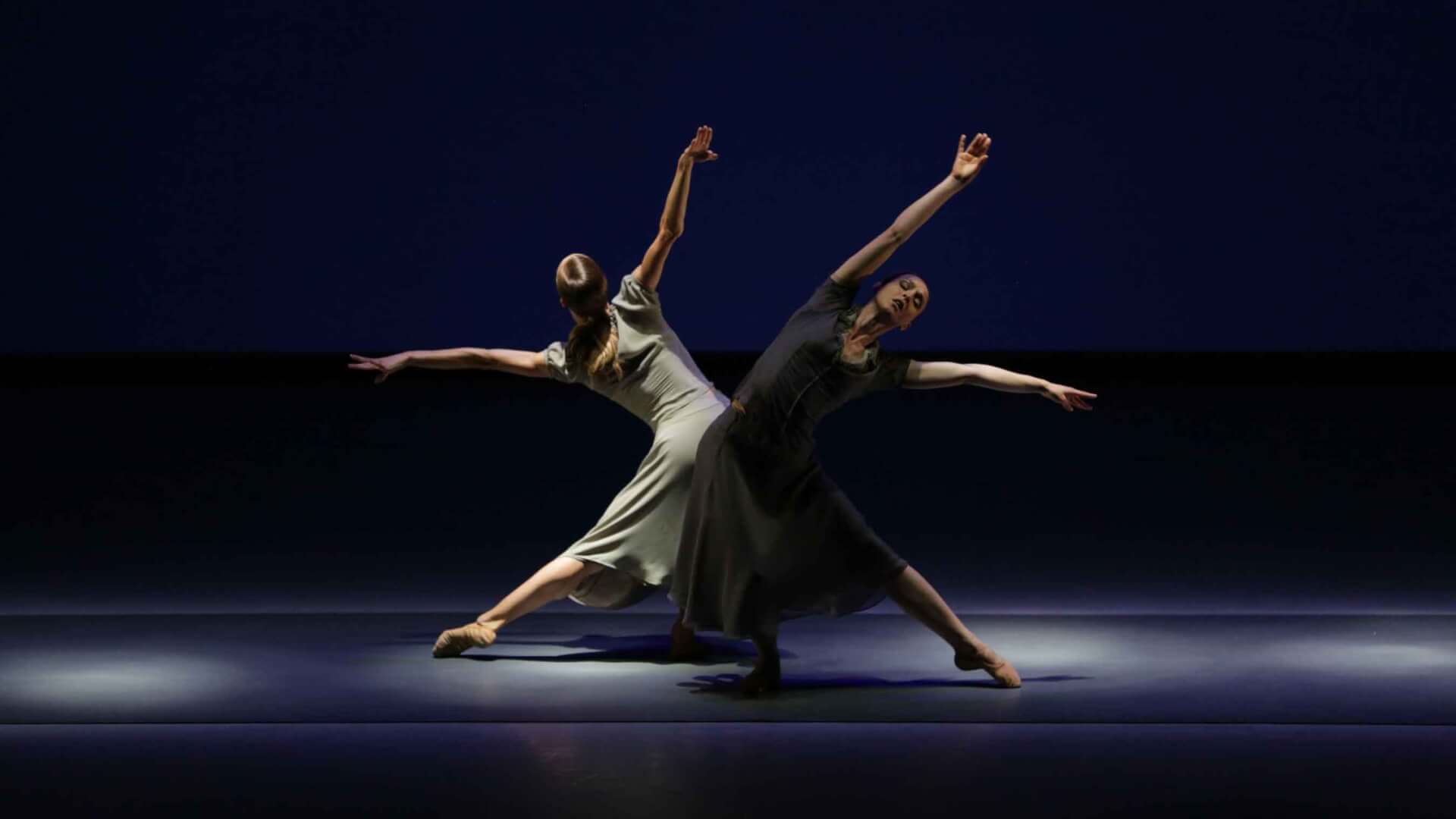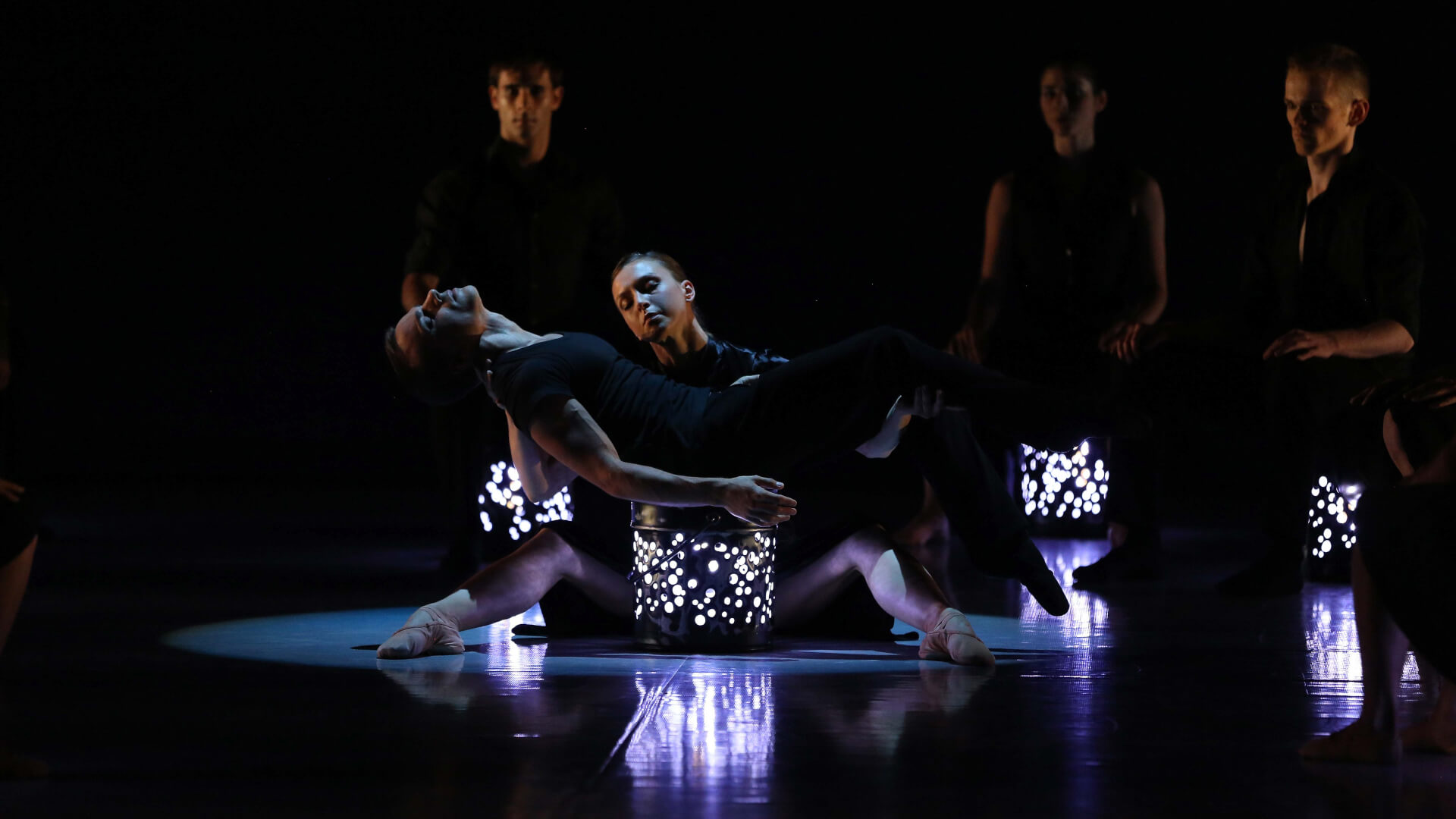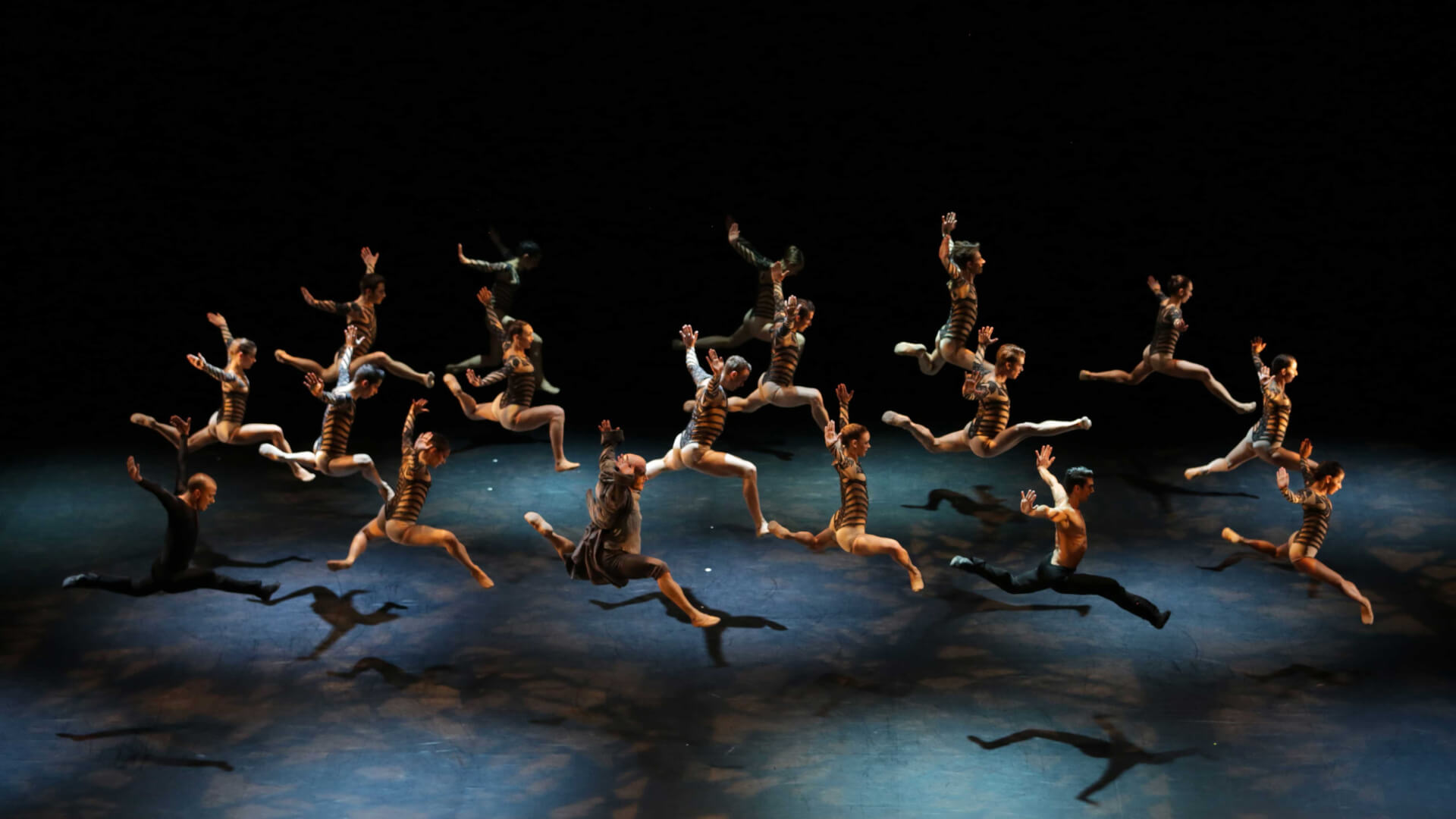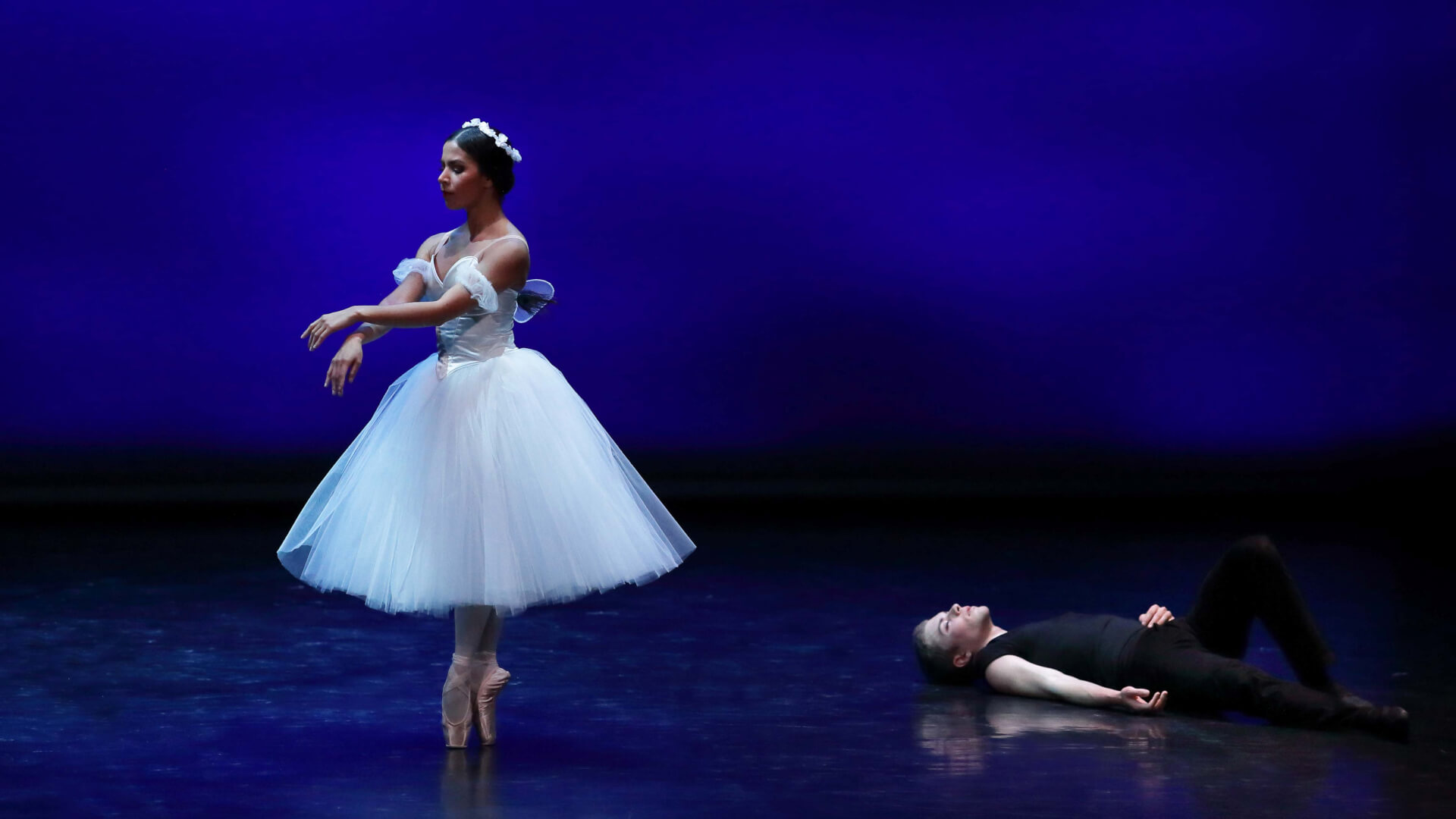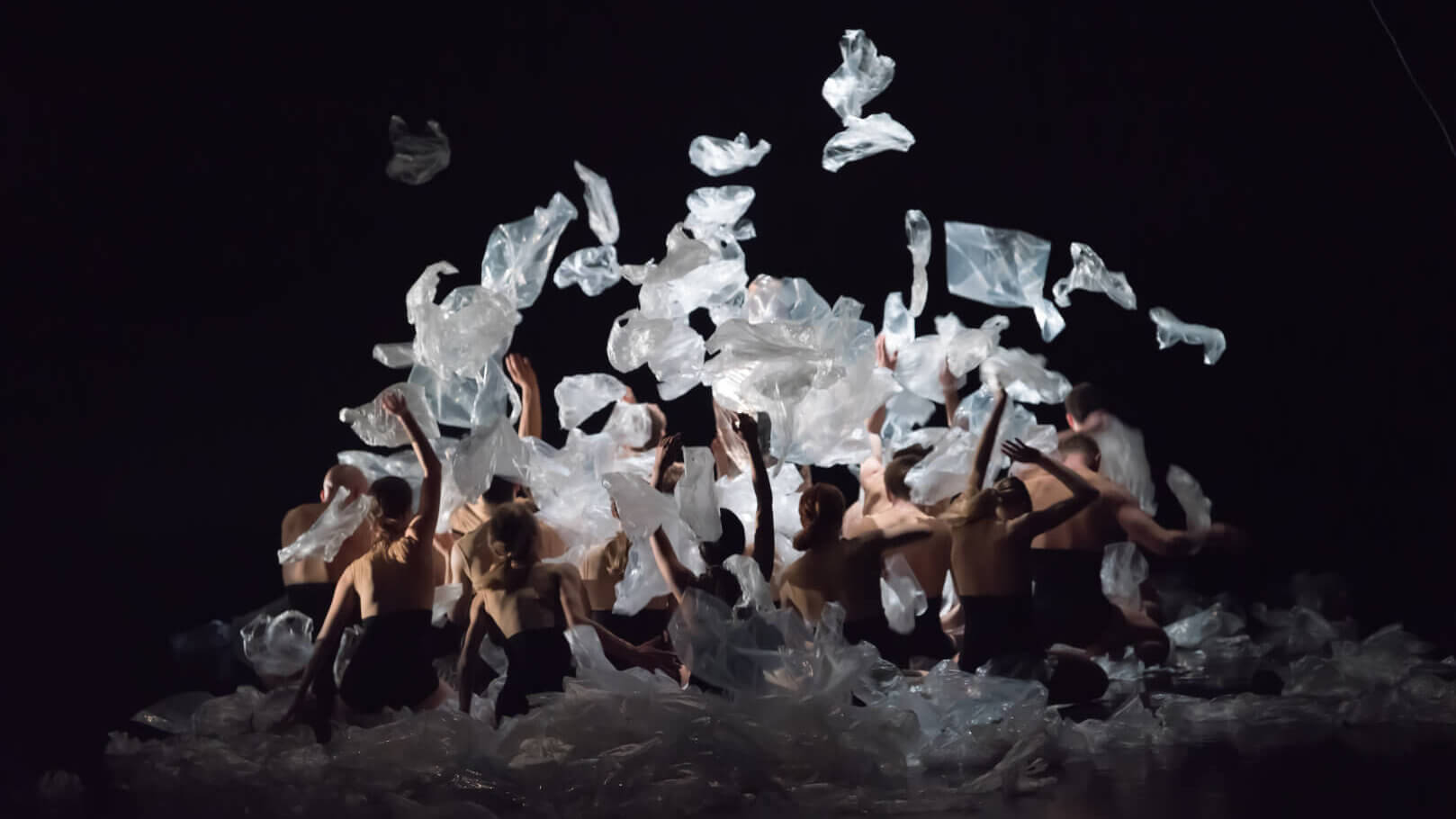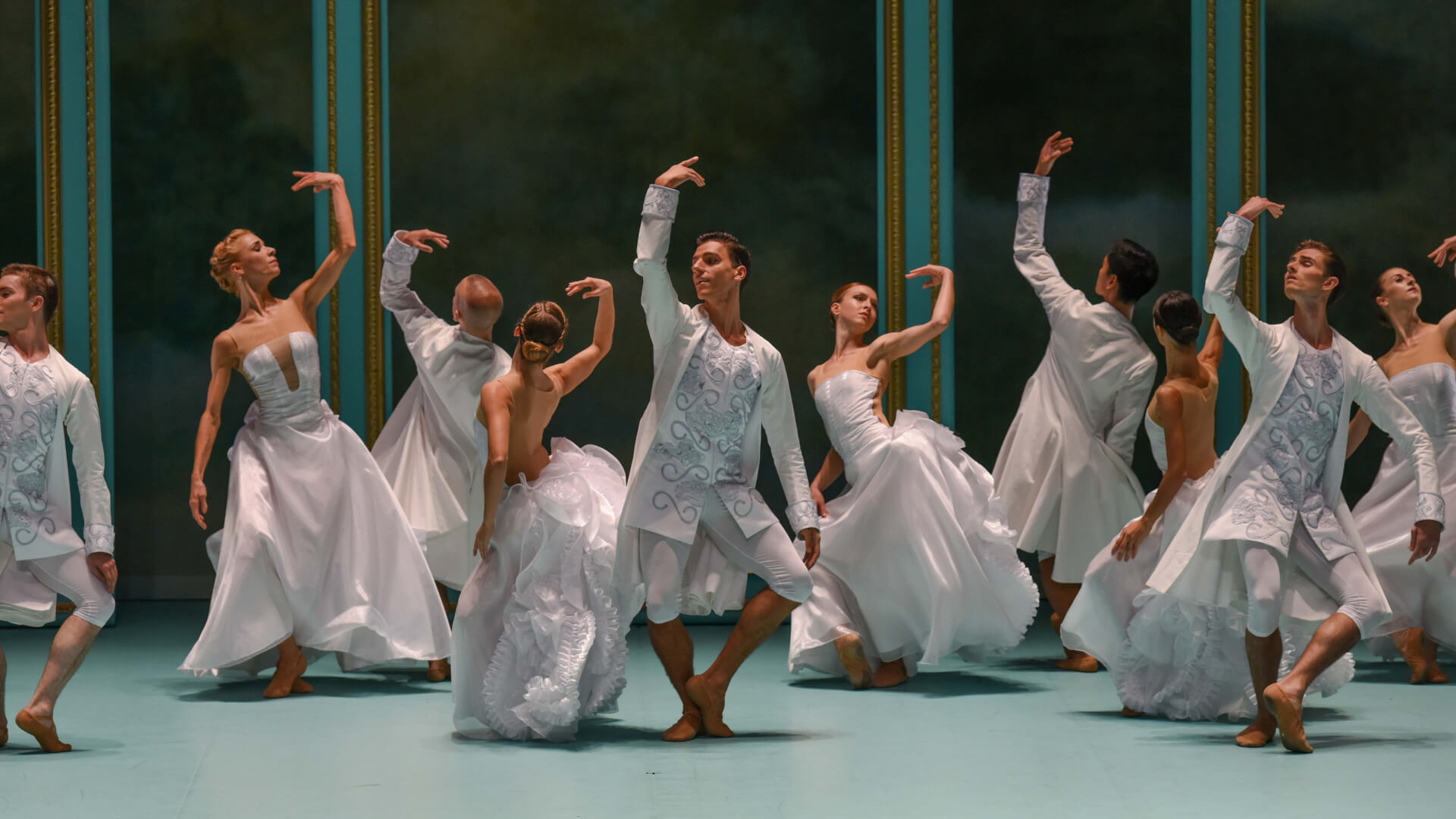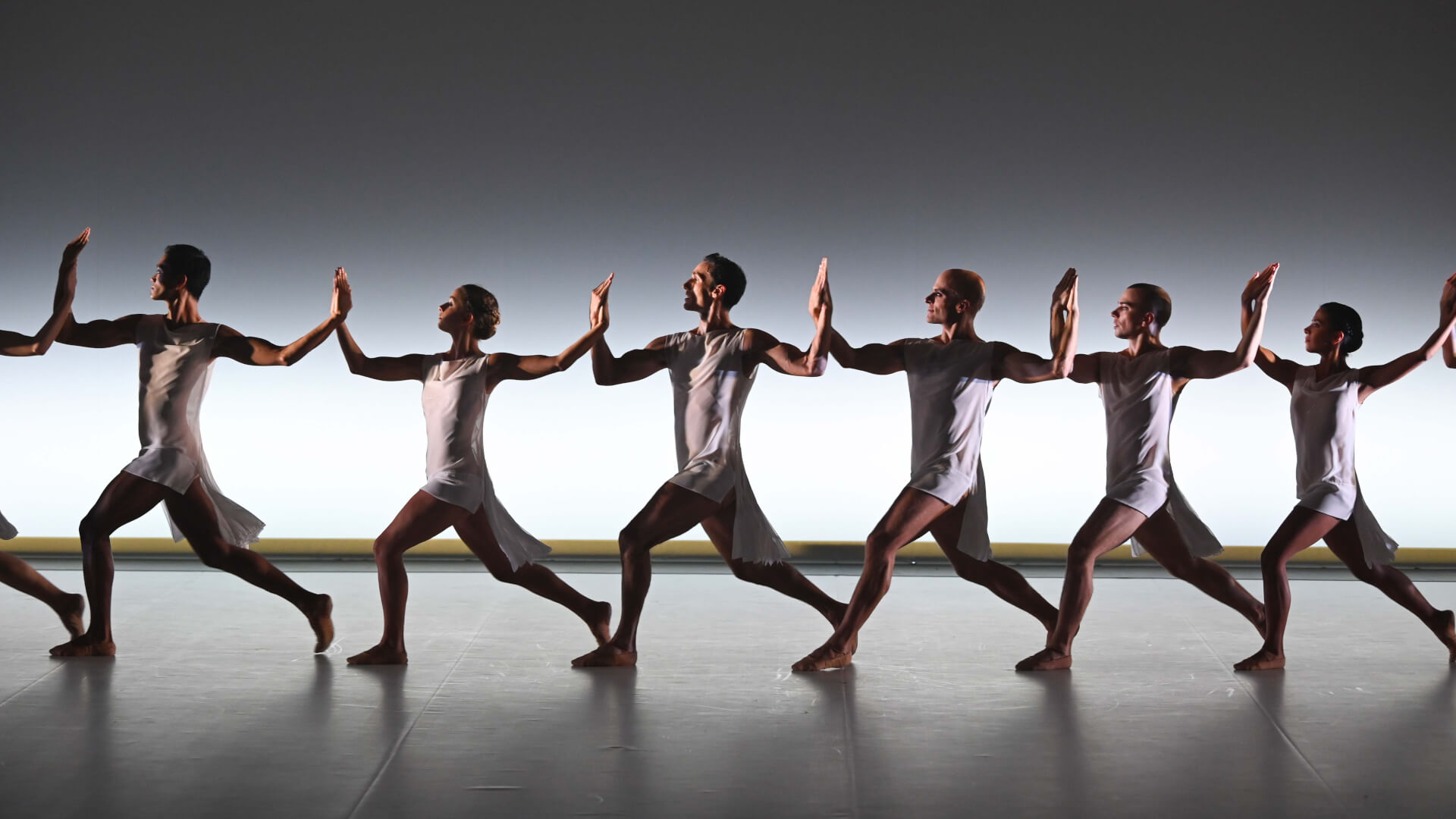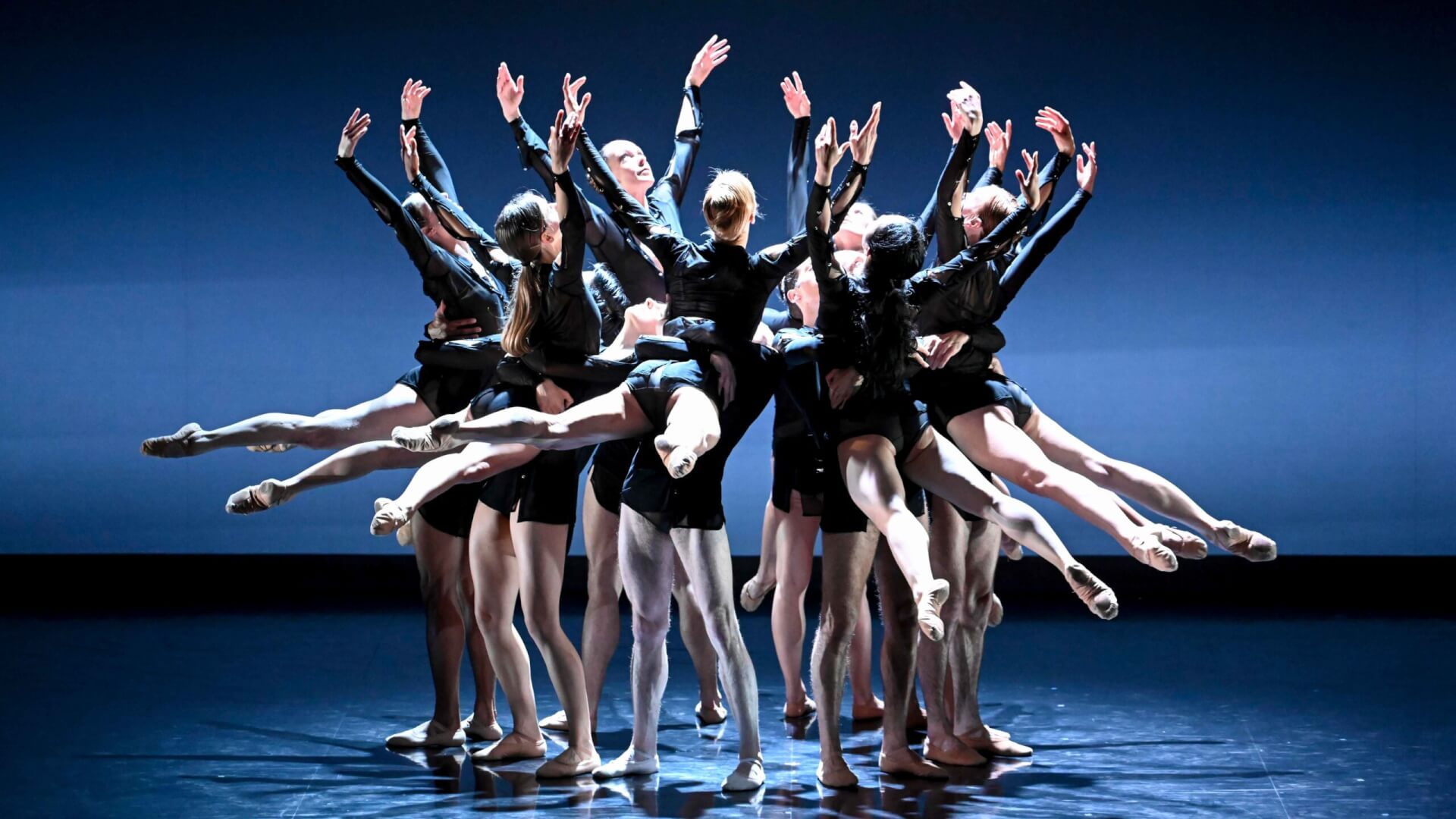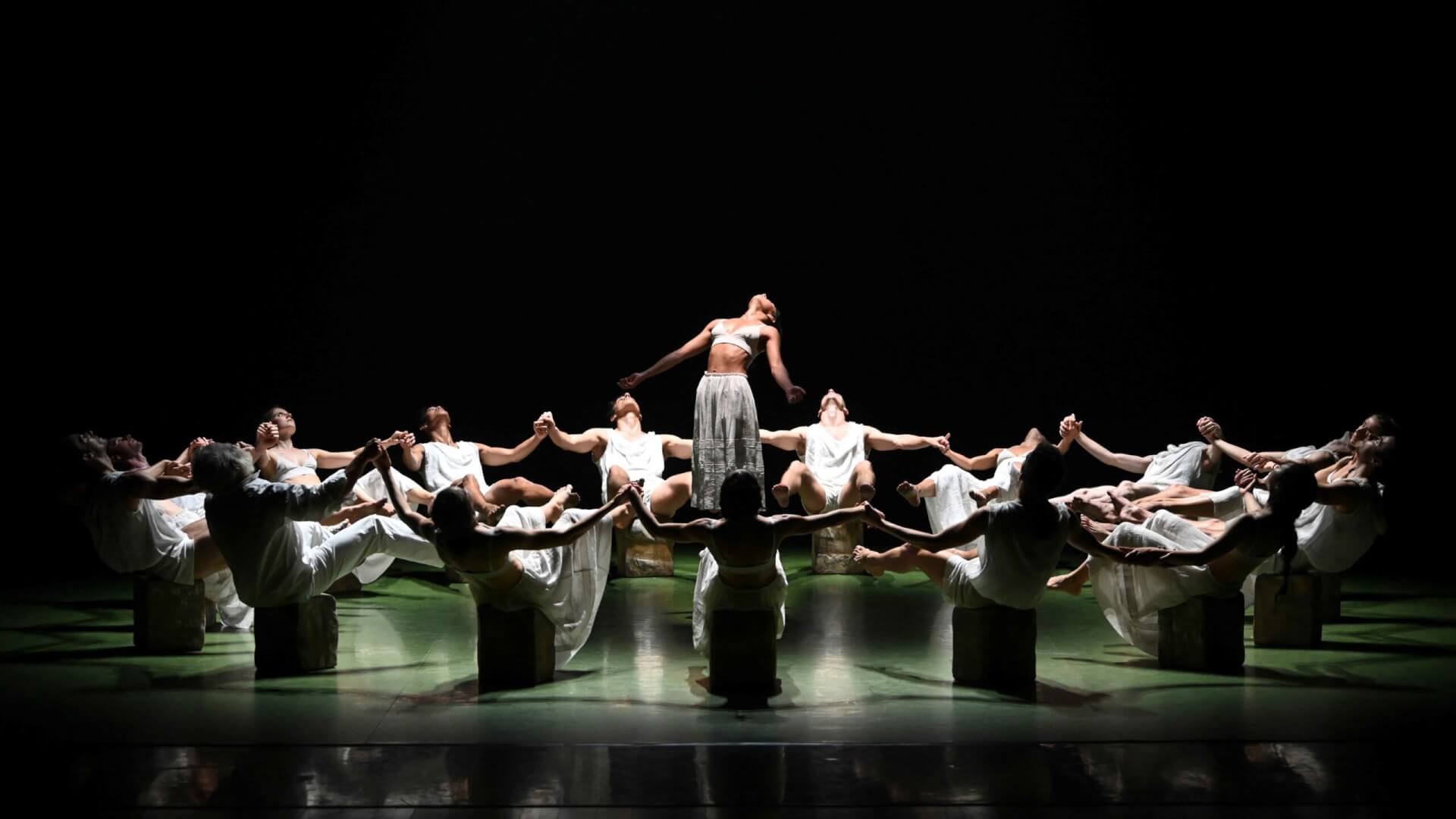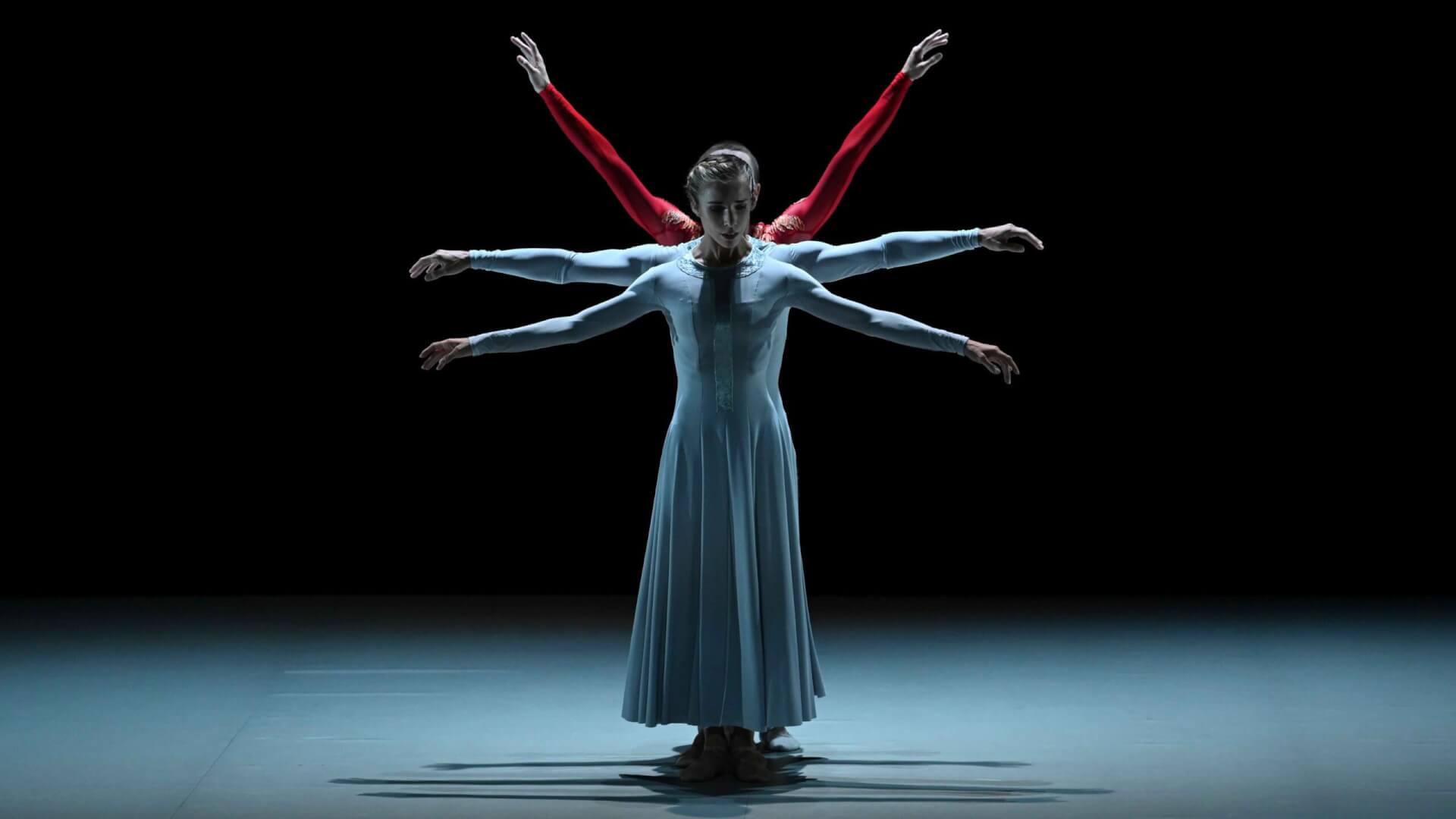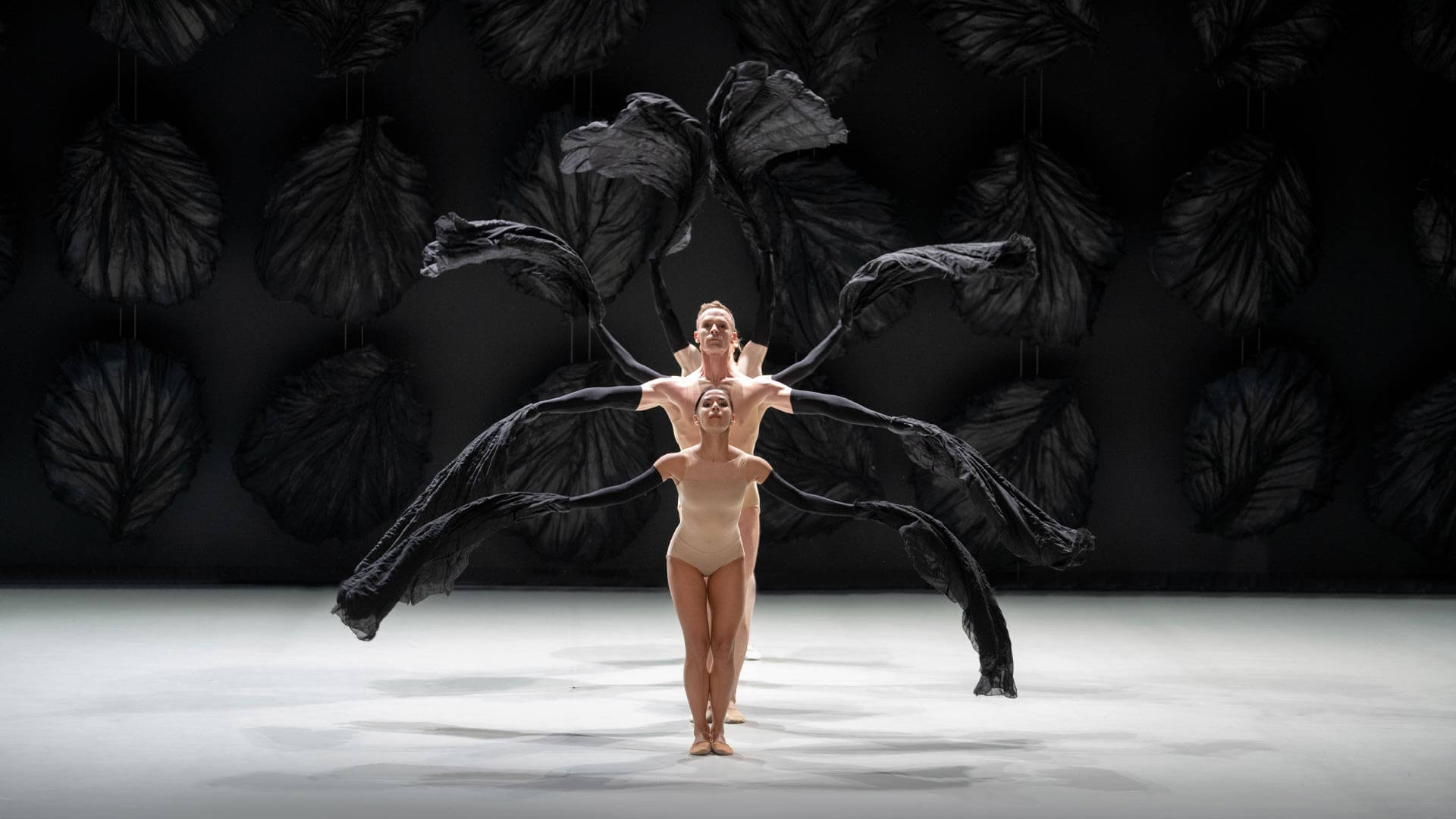Créé
-
at l'Eurocité Basque - Teatro Victoria Eugenia de Donostia / San Sebastián January 14th and 15th 2017
Première Française
-
Chaillot - Théâtre National de la Danse (Paris) beetween May 10th and 24th 2017
Musique
-
Gioacchino Rossini - Messa di Gloria
Chorégraphie
-
Thierry Malandain
Décor et costumes
-
Jorge Gallardo
Conception lumières
-
Francis Mannaert
Réalisation costumes
-
Véronique Murat
Conception décor et accessoires
-
Frédéric Vadé
Coproducteurs
-
Coproducers Chaillot – Théâtre National de la Danse (Paris), Opéra de Saint-Etienne, Donostia Kultura - Teatro Victoria Eugenia de Donostia / San Sebastián – Ballet T, CCN Malandain Ballet Biarritz
Partenaires
-
Partners Opéra de Reims, Théâtre de Gascogne - Le Pôle, Theater Bonn (Germany), Forum am Schlosspark - Ludwigsburg (Germany)
Ballet
-
for 22 dancers
Durée
-
70 minutes
Brochure
Note of intent
In the Flood myth common to various different cultural traditions, the jubilant gure of Noah embodies a kind of breakthrough in humanity’s history. In summing up the past and preparing us for the future, Noah symbolises the coming of a new and better world. This second Creation erases the rst, which has been wrought by the machinations of evil and humanity’s degeneration. This is a new Adam, drawn from water rather than the earth, who, in Genesis, acts rst as a mortal and then a symbol of life because, upon leaving the womb and cradle that is the Ark, Noah and his offspring will repopulate the world. This epic tale is one in a long line of similar stories and can be interpreted on several levels. aint Augustin sought to show that the Ark’s proportions were the same as the human body’s, “which is also the body of Christ, which is also the Church”, while Paul Claudel saw the salvational Ark as a cathedral, its nave the prow of a ship navigating the heavens. We might also imagine Noah as humanity collectively seeking refuge within itself to cast off a past existence and start afresh, mining the abyss of its own being for new sources of energy. That is why, with the exception of the dove - a sign of hope in a new life -, we will not board all the animals. Instead, the movement of humanity will be represented by the symbolic, dancing gure of Noah beneath the light of a new sun.
Thierry Malandain
Awards and distinctions
2017
Press
Watch out masterpiece! Rarely does a piece of choreography live up to this description, which we for our part refrain from abusing.Le Figaro, Ariane Bavelier • 11 May 2017
Malandain's incisive style is self-sufficient and doesn't need to be overplayed. If dance is to remain alive, it must be read with an open mind."Le Monde, Rosita Boisseau • 16 May 2017
The man who has accustomed us to infinite laces of movement (see his splendid ballet Cinderella) offers here another aspect of his art.Télérama, Emmanuelle Bouchez • 11 May 2017
Malandaine dance never ceases to amaze and seduce. (...) "Furtive evocations suddenly plunge the spectator into an archaic distance, something fresh, tangy, joyful that electrifies the course of this superb ballet.L'Express, Laurence Liban • 16 May 2017
However, this flood appears to be more fortunate than cataclysmic. This impression is reinforced by the music - Rossini's Messa di Gloria, with its bright colours and vibrant flights of fancy.La Croix, Marie Soyeux • 15 May 2017
These days, Thierry Malandain is one of the rare choreographers to dare to write such a sharp movement style, like a link between the classical and the modern. With "Noé", he takes his audience on a sea of changing colours. And dare to dream of a serene horizon.Les Echos, Philippe Noisette • 15 May 2017
If Noé wanted to change the world in forty days, here an hour of dance is enough to change us. We leave the show feeling confident about our future and in tune with ourselves. Isn't that what art is all about?Le Figaro Magazine, François Delétraz • week of 12 may 2017
We are taken aback by this strange biblical asceticism, and shaken by the totally geometric sequences, as in a Romanesque fresco, where the dancers slide their movement from one to the other, in a chain of shared identity, or by episodes of primitive jerking.Concertclassic.com, Jacqueline Thuilleux • 13 May 2017


